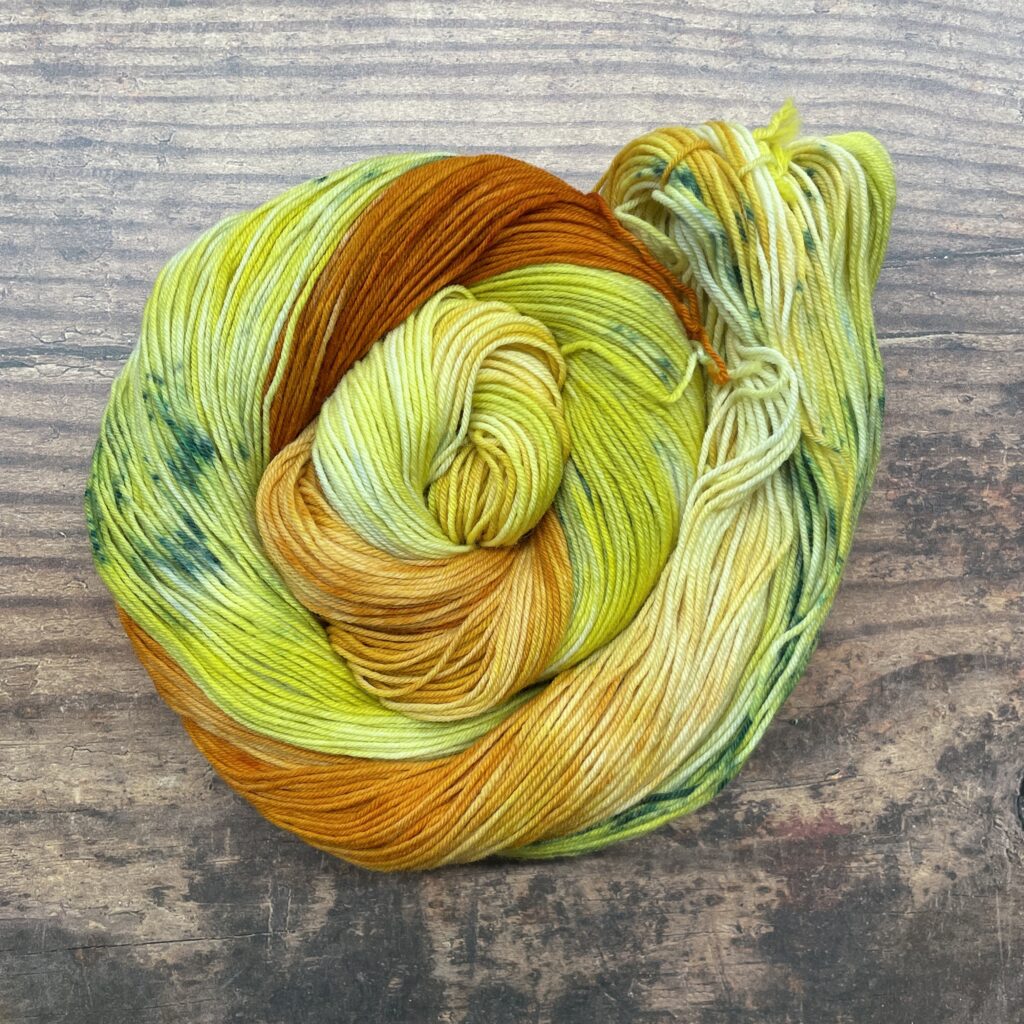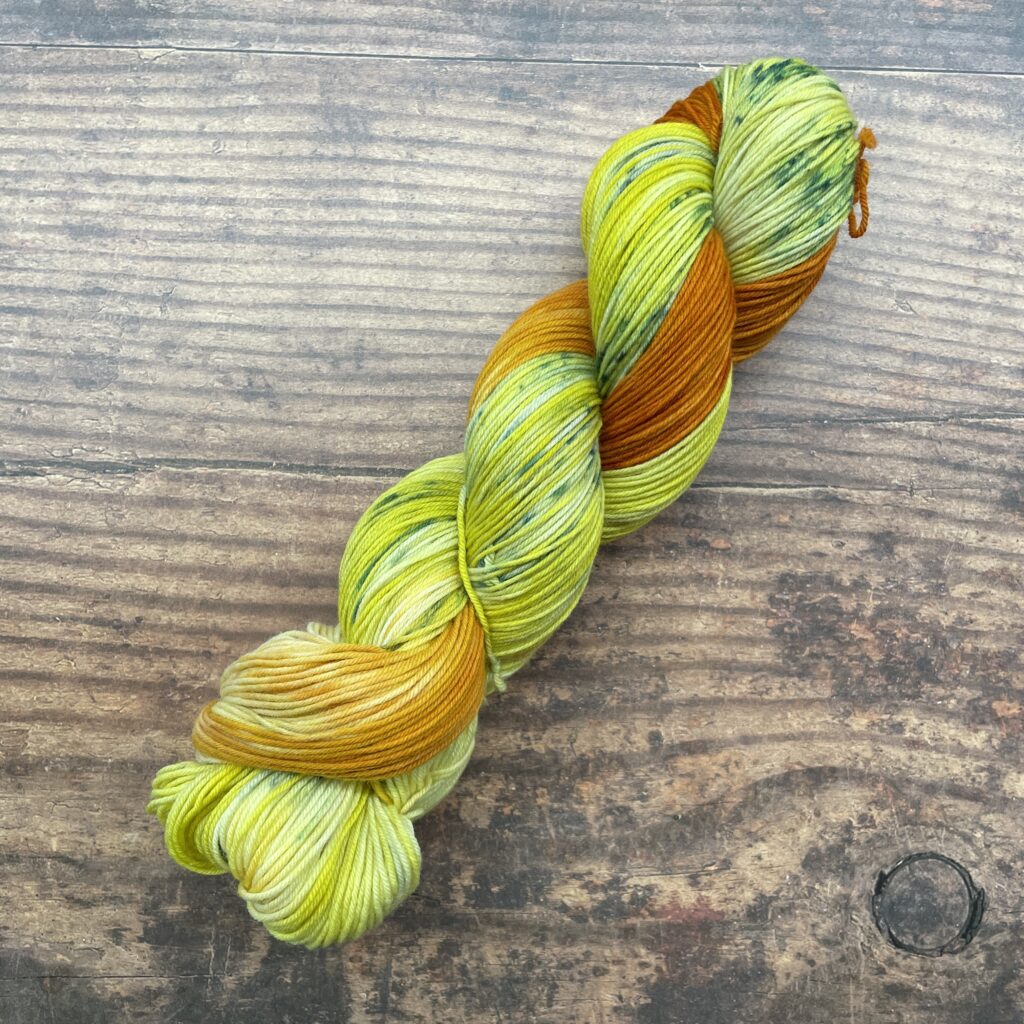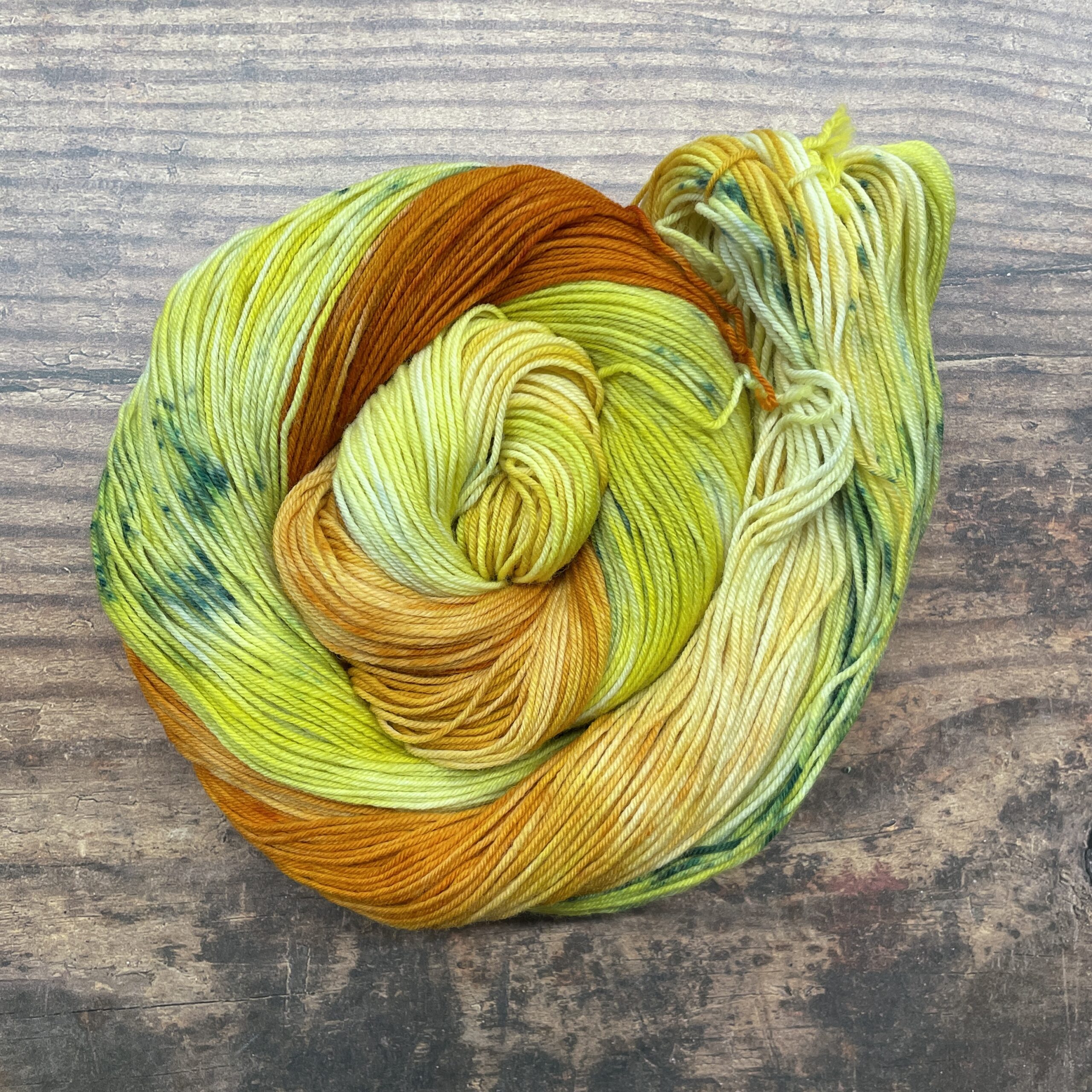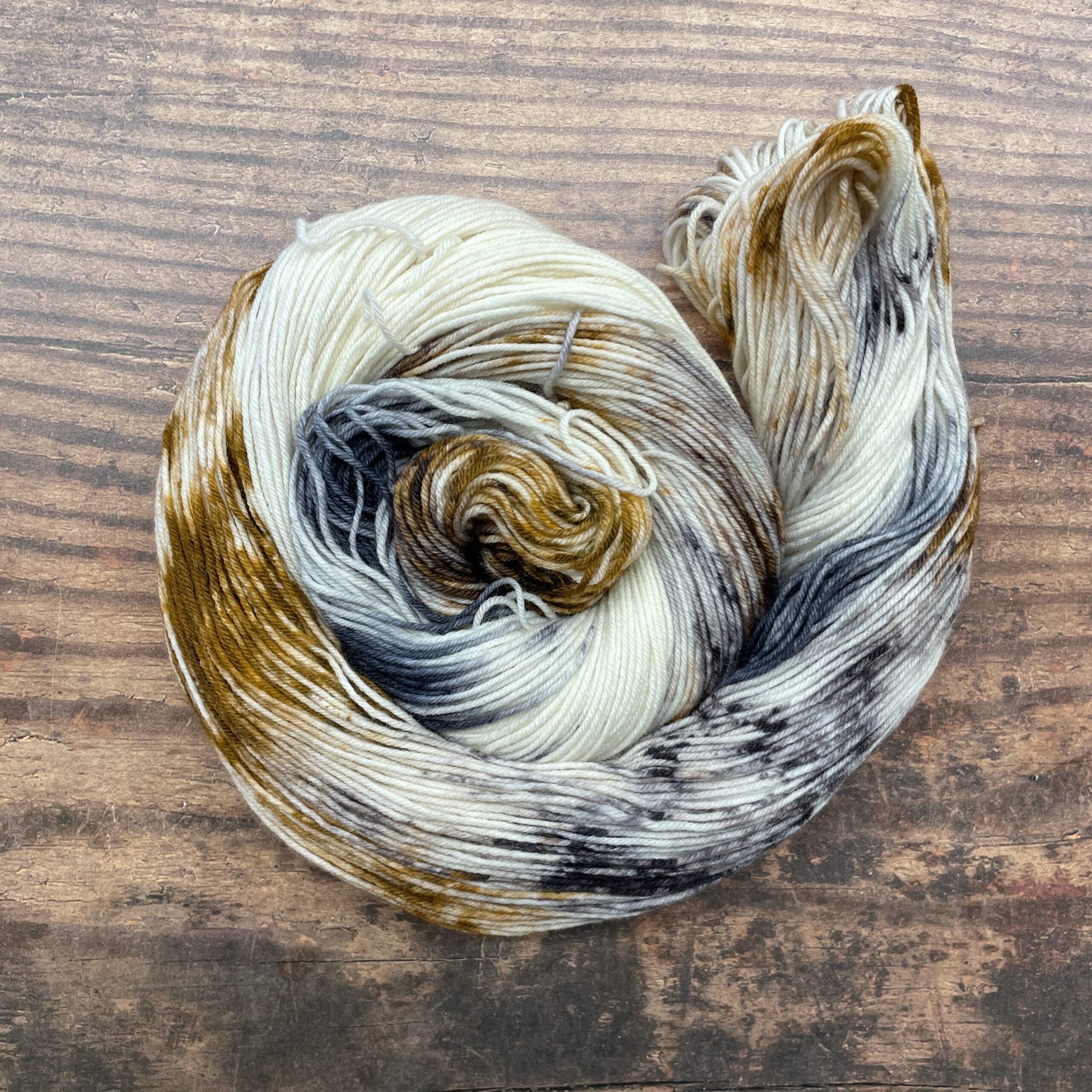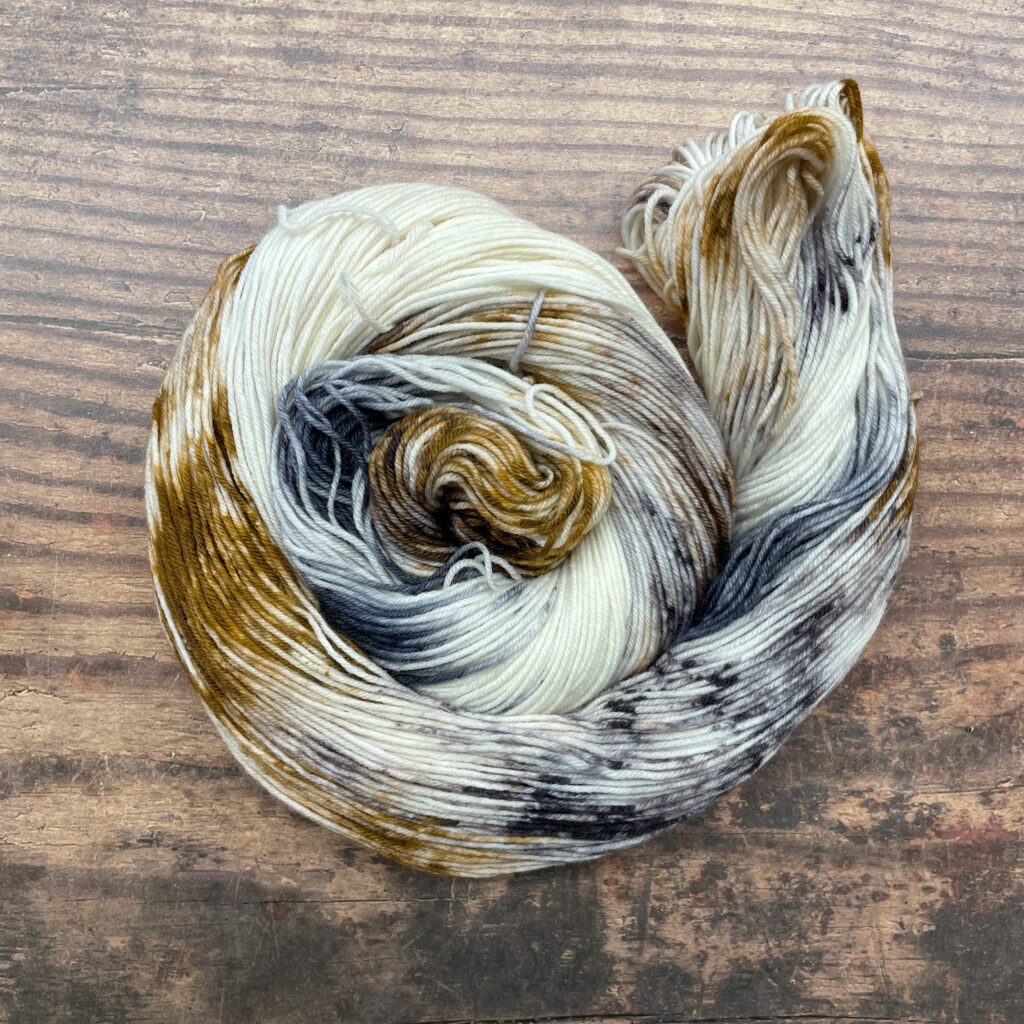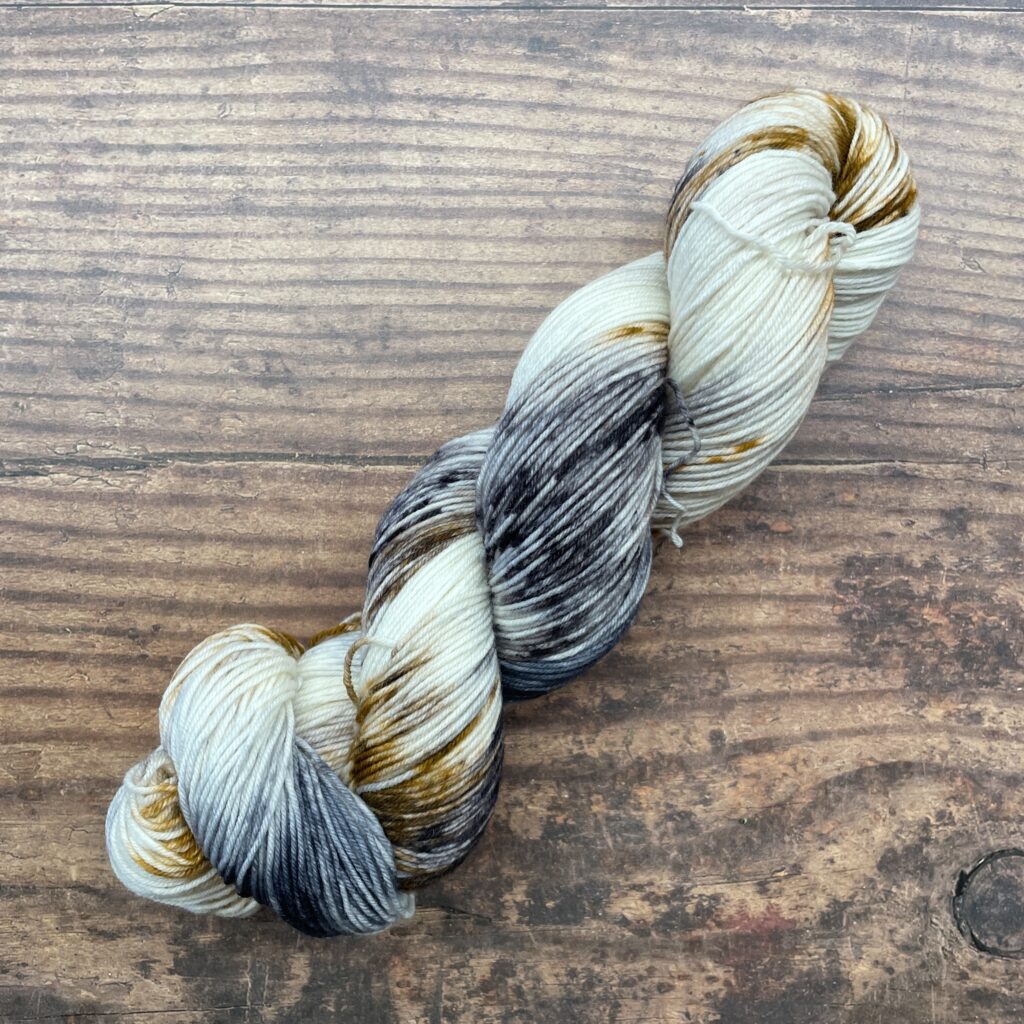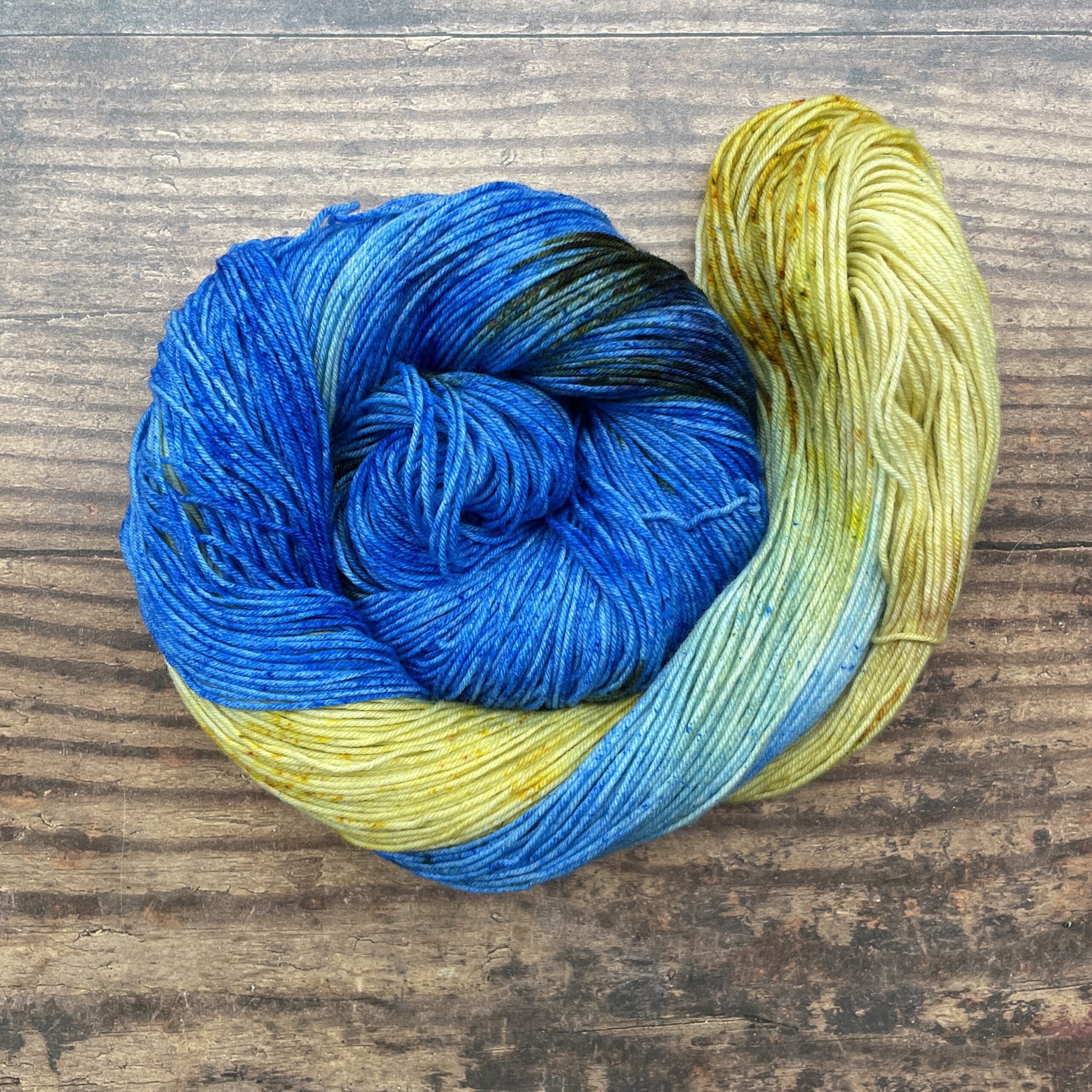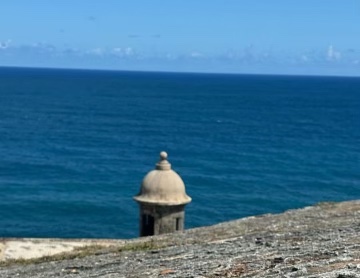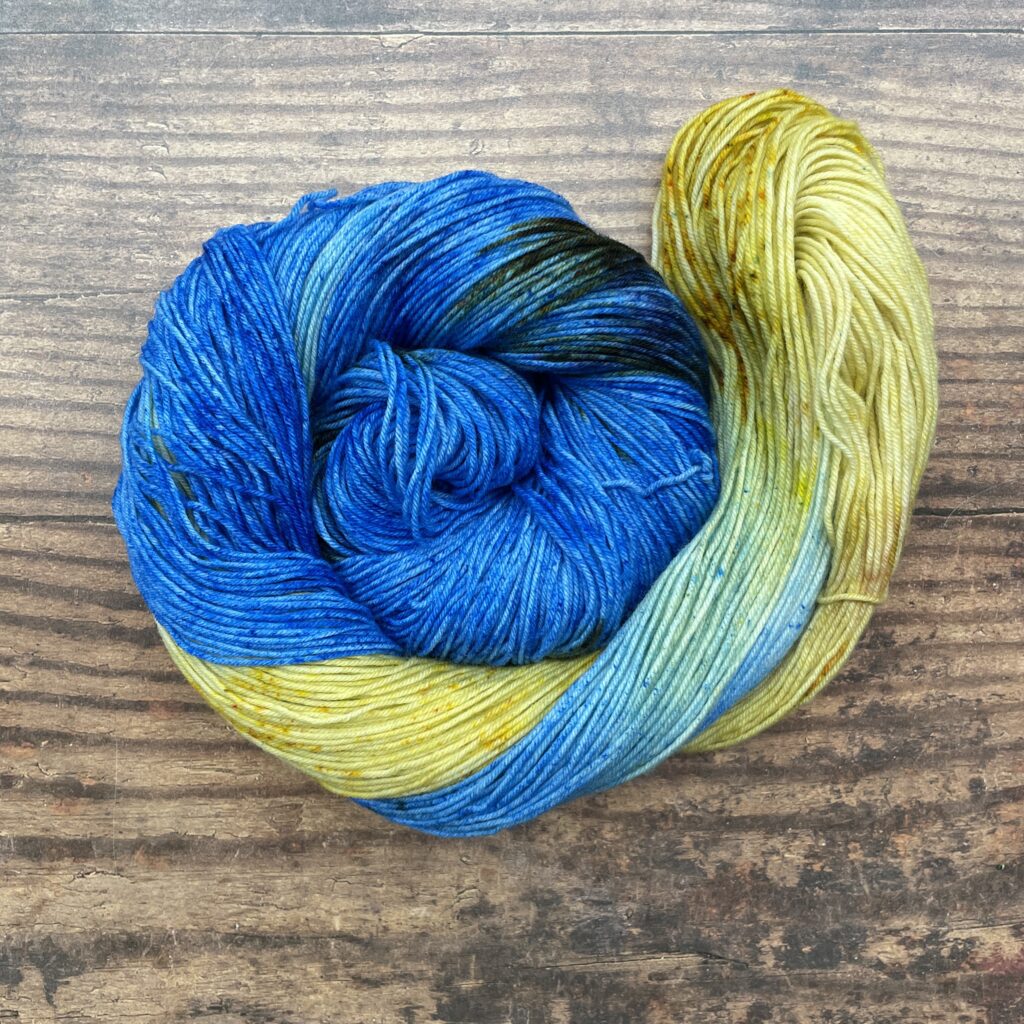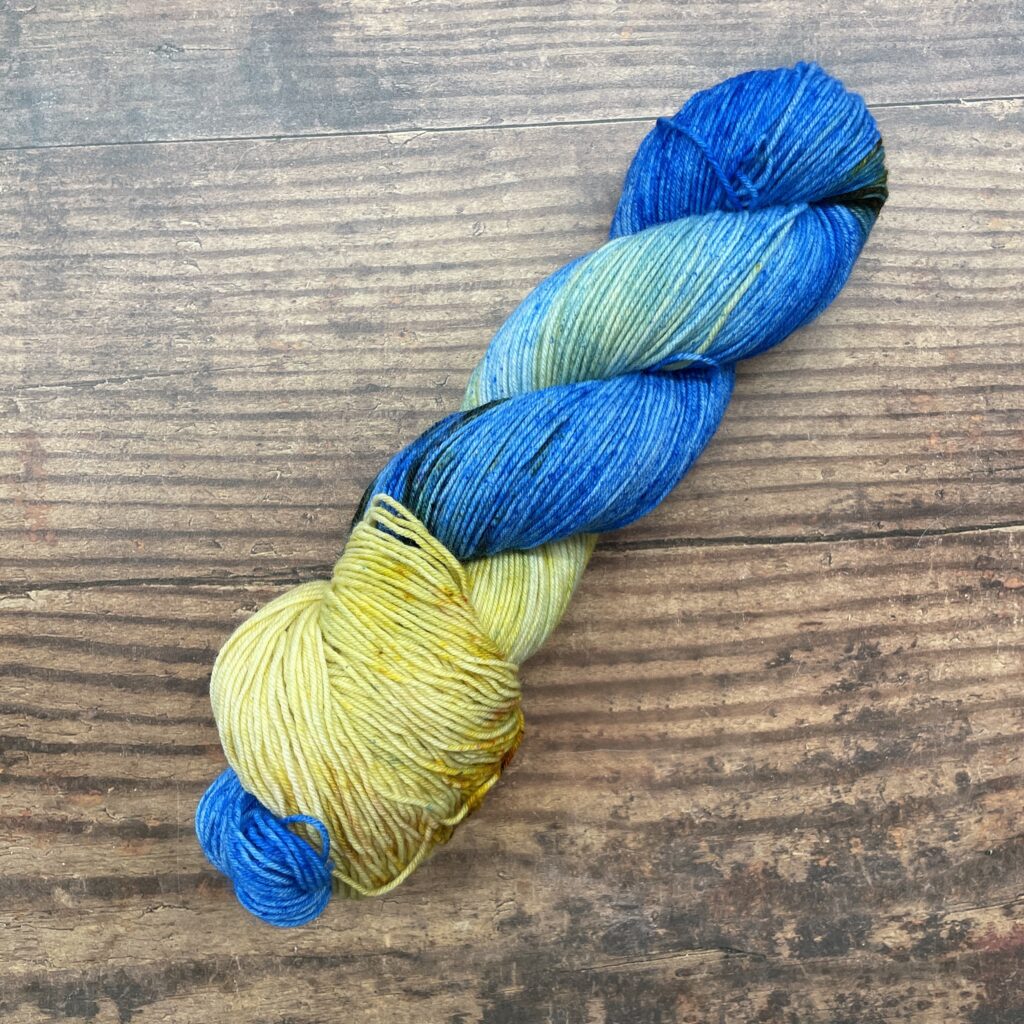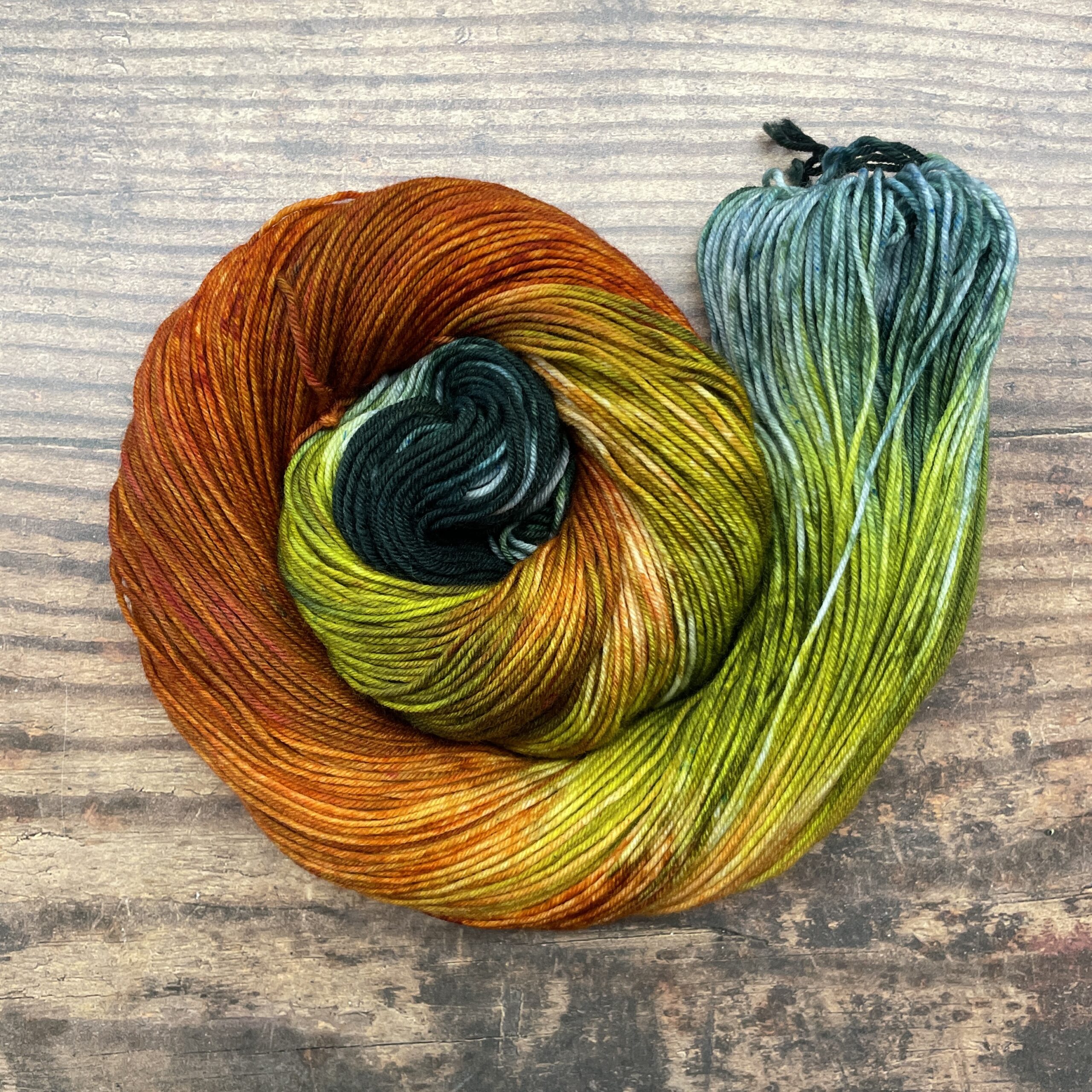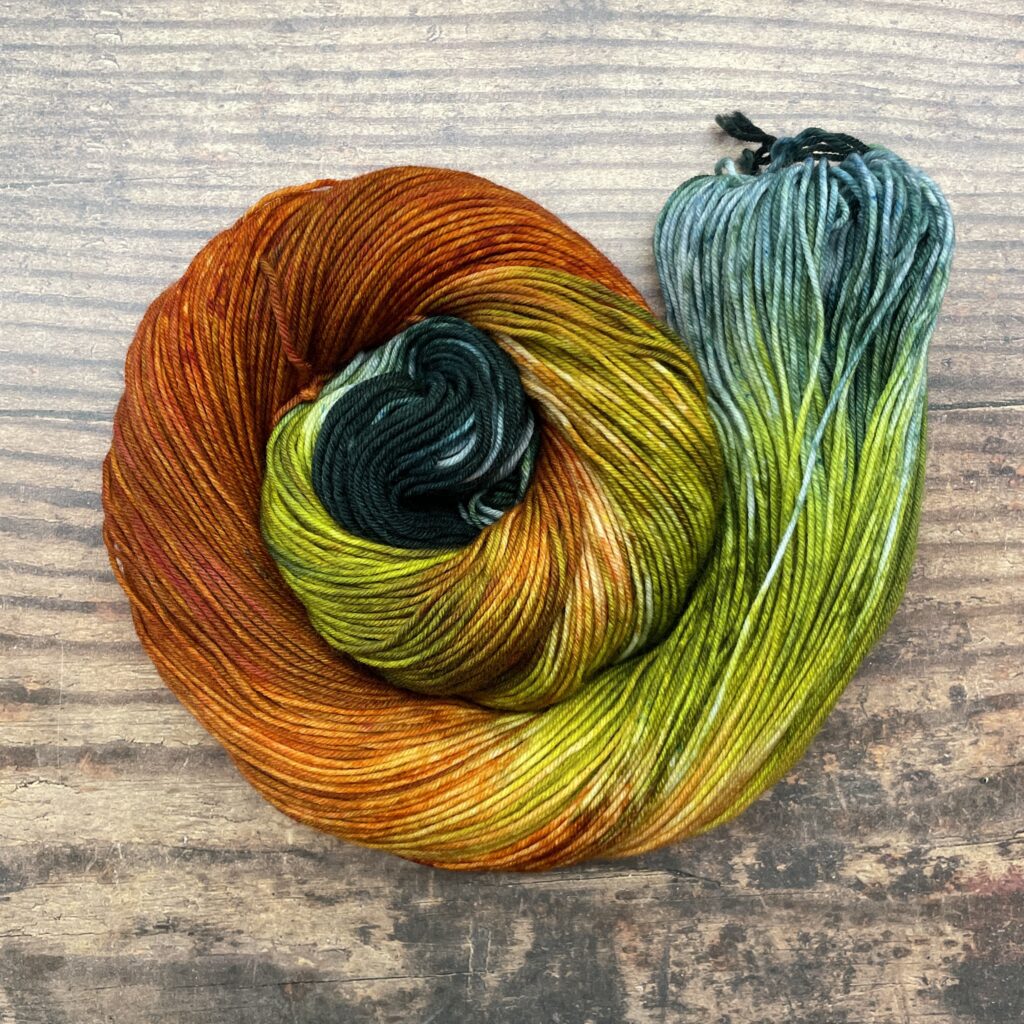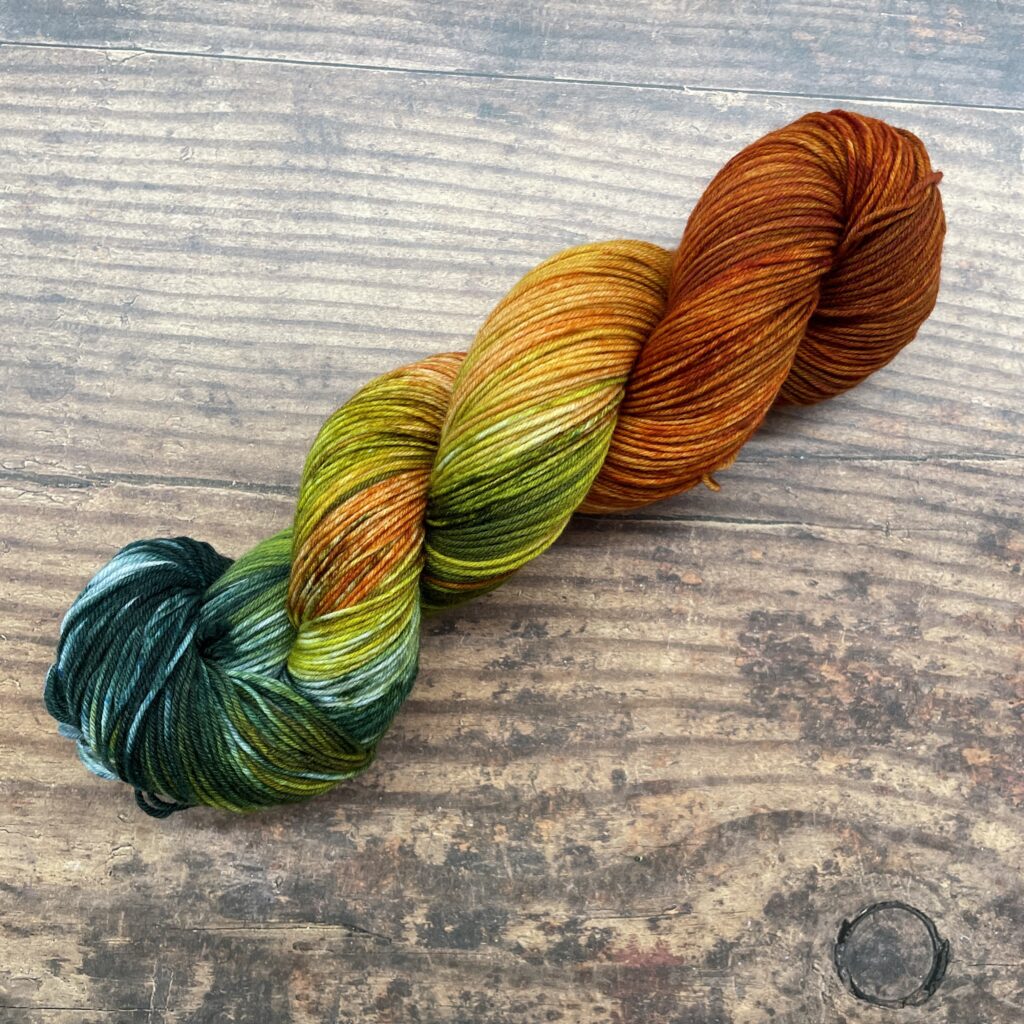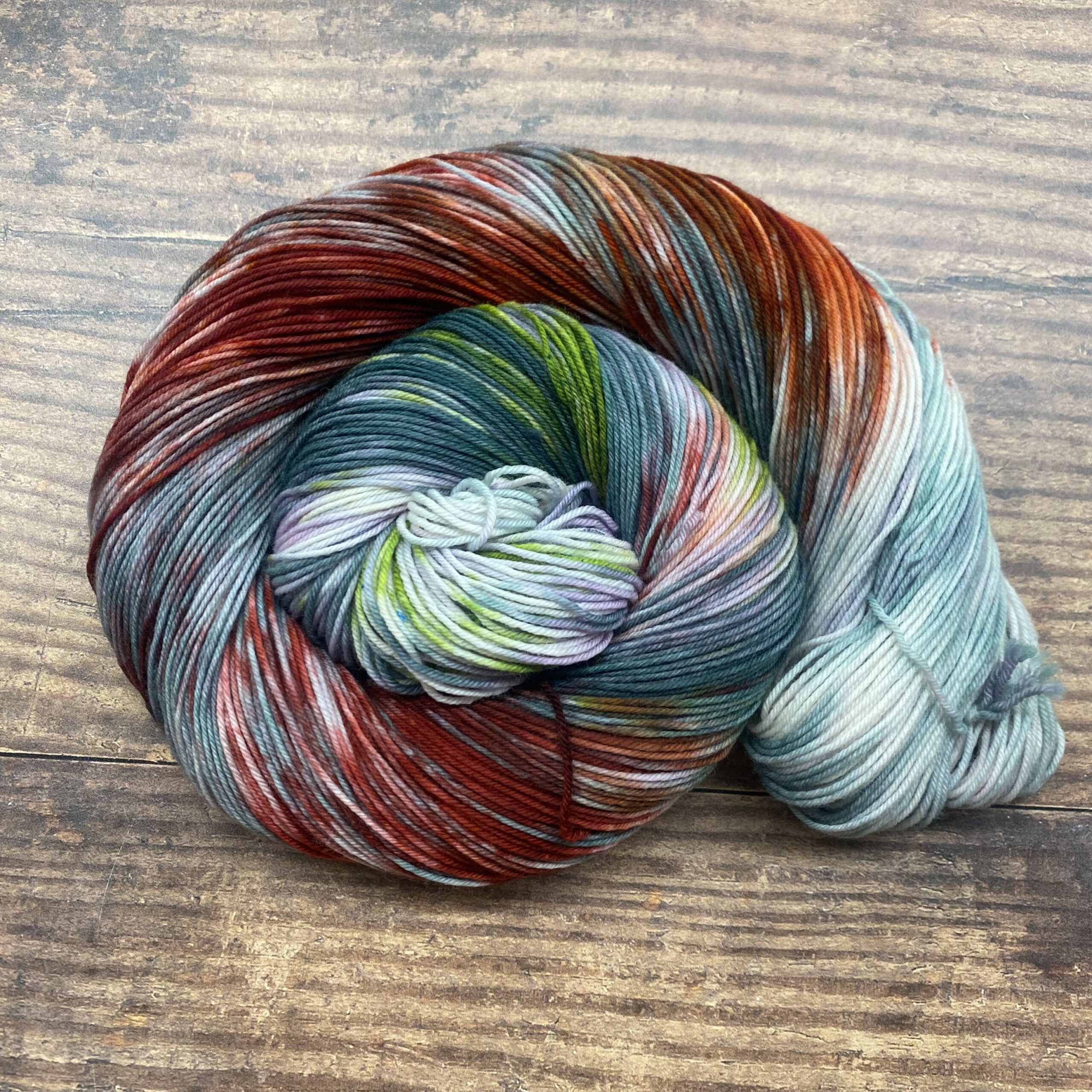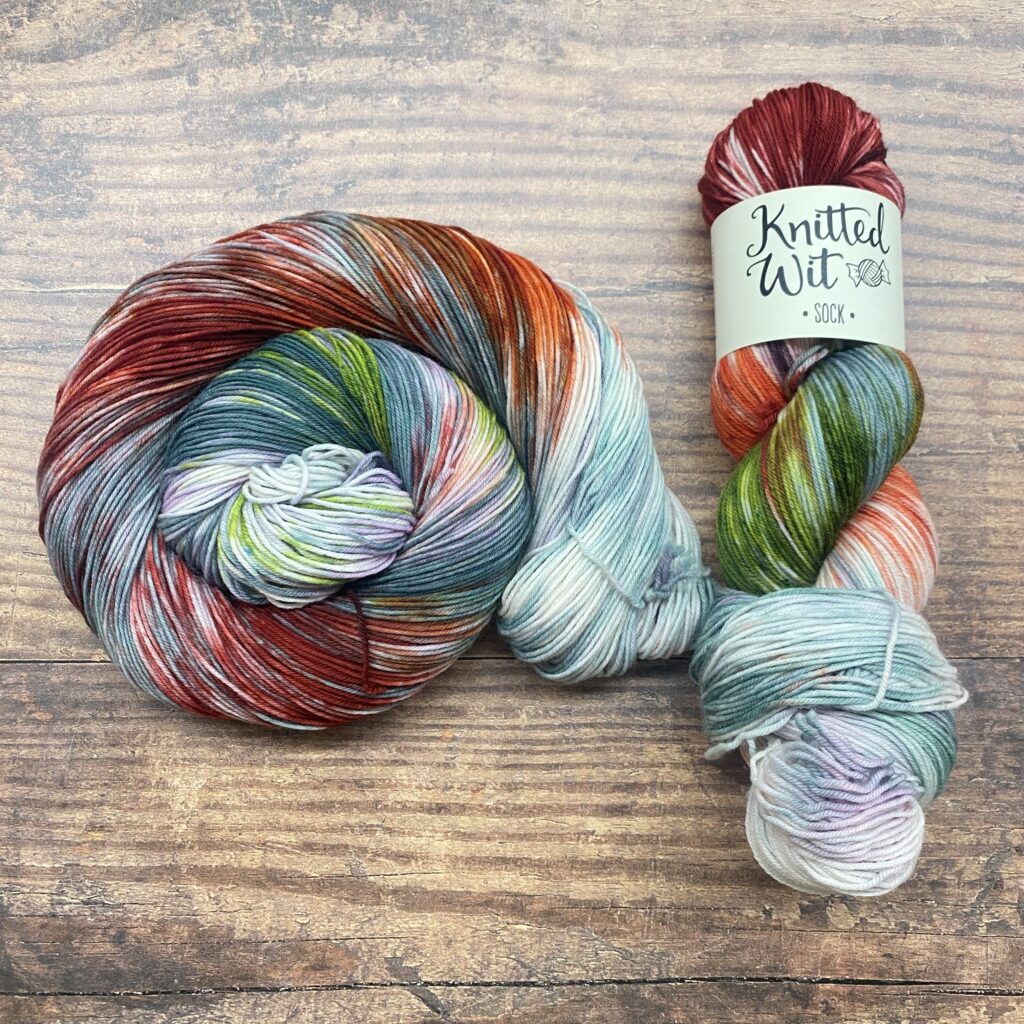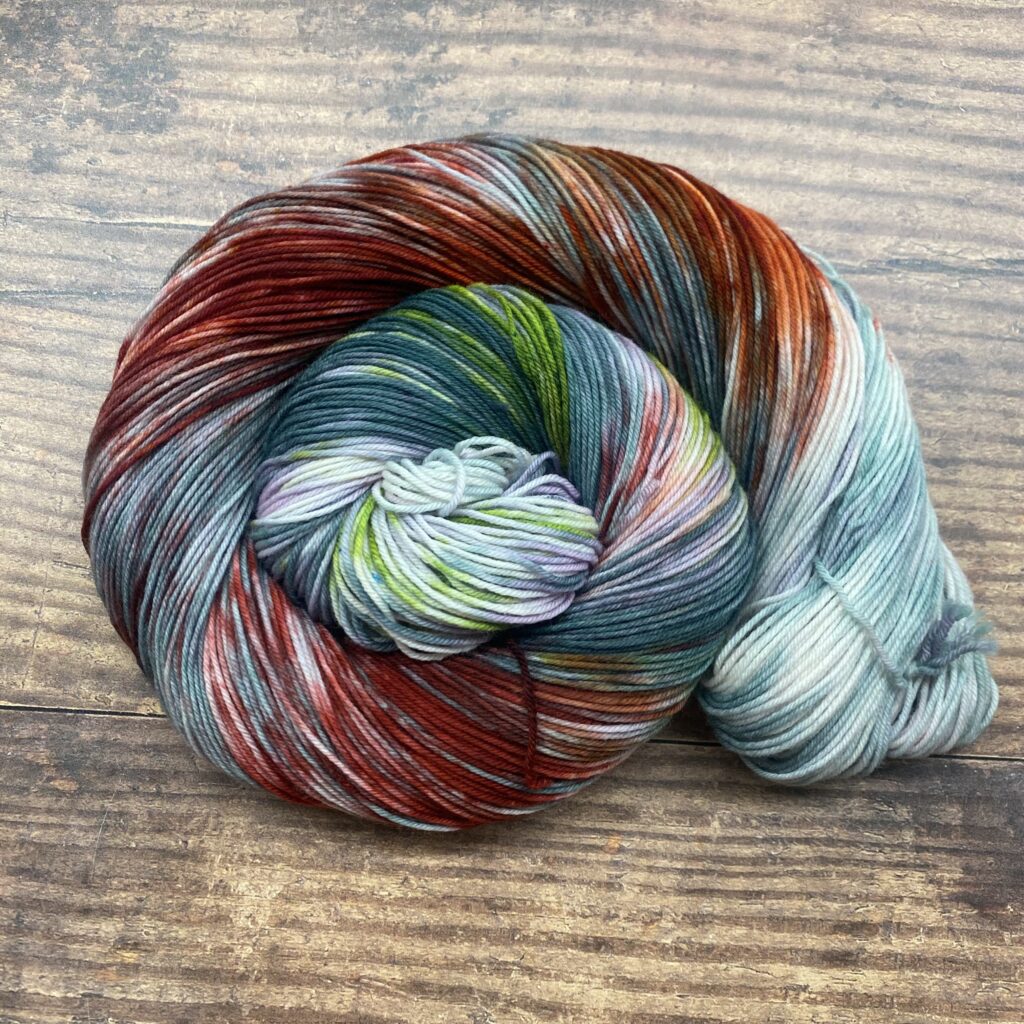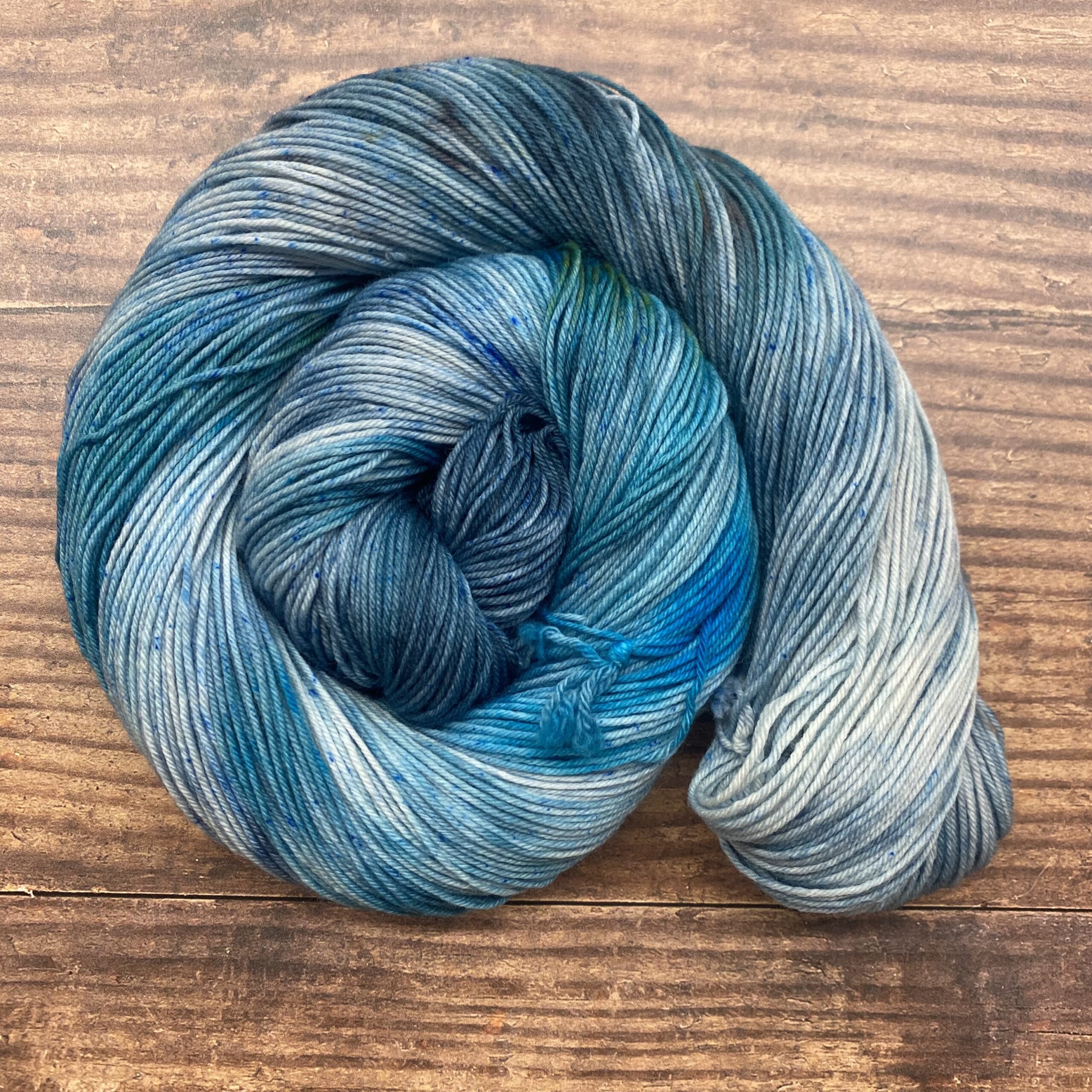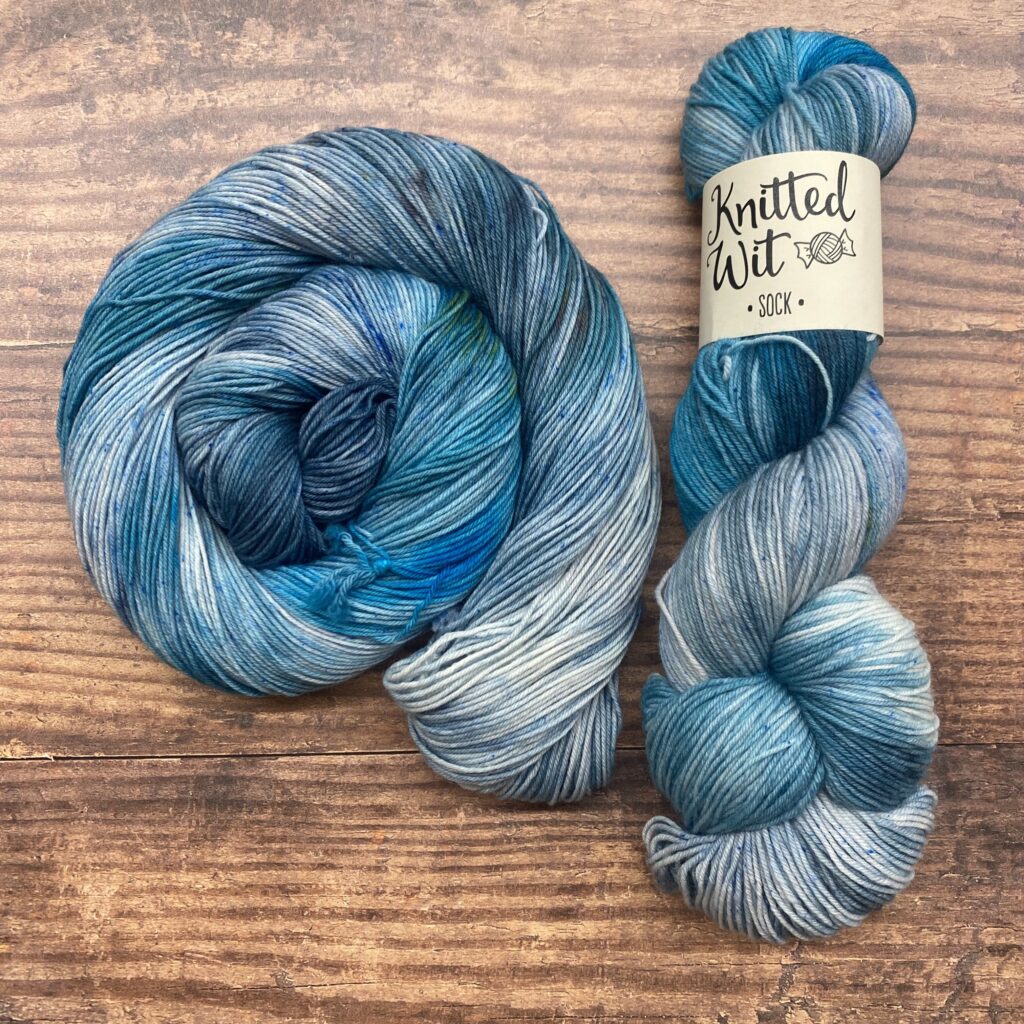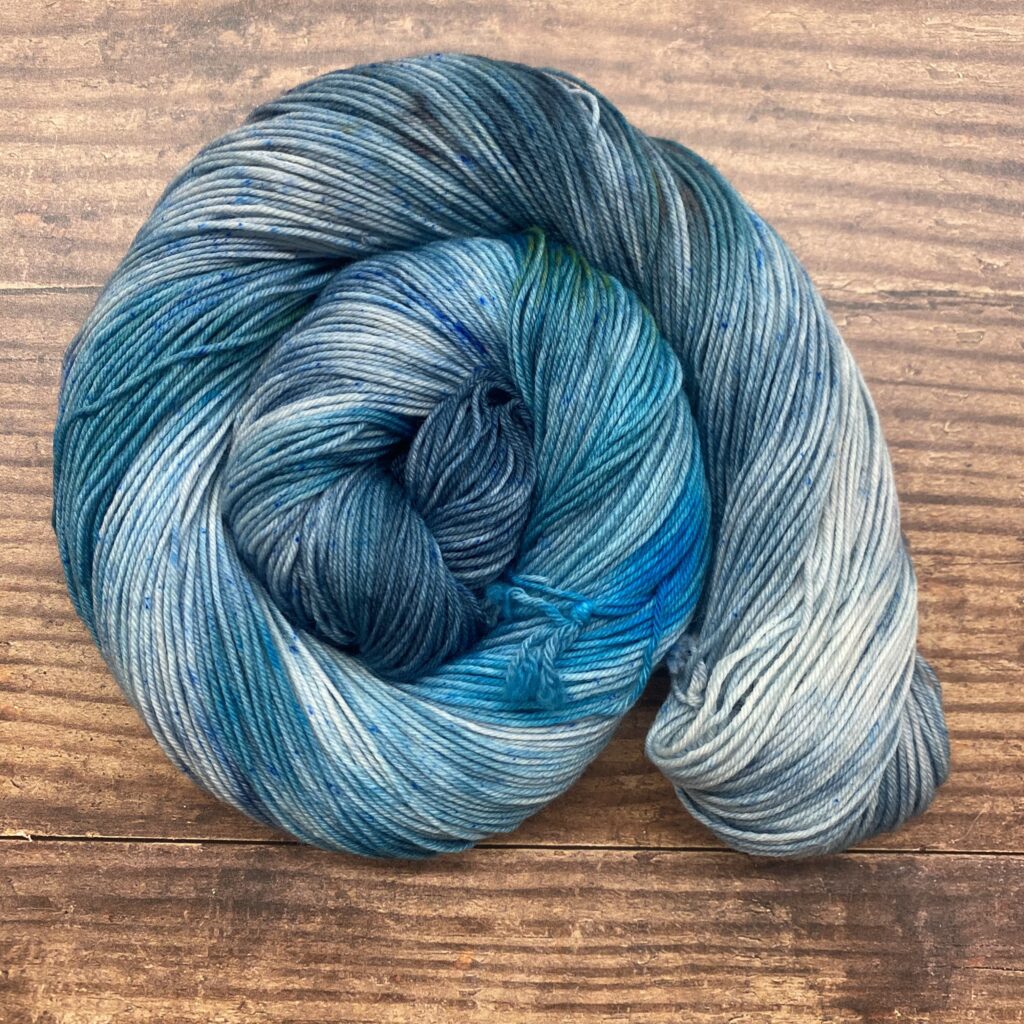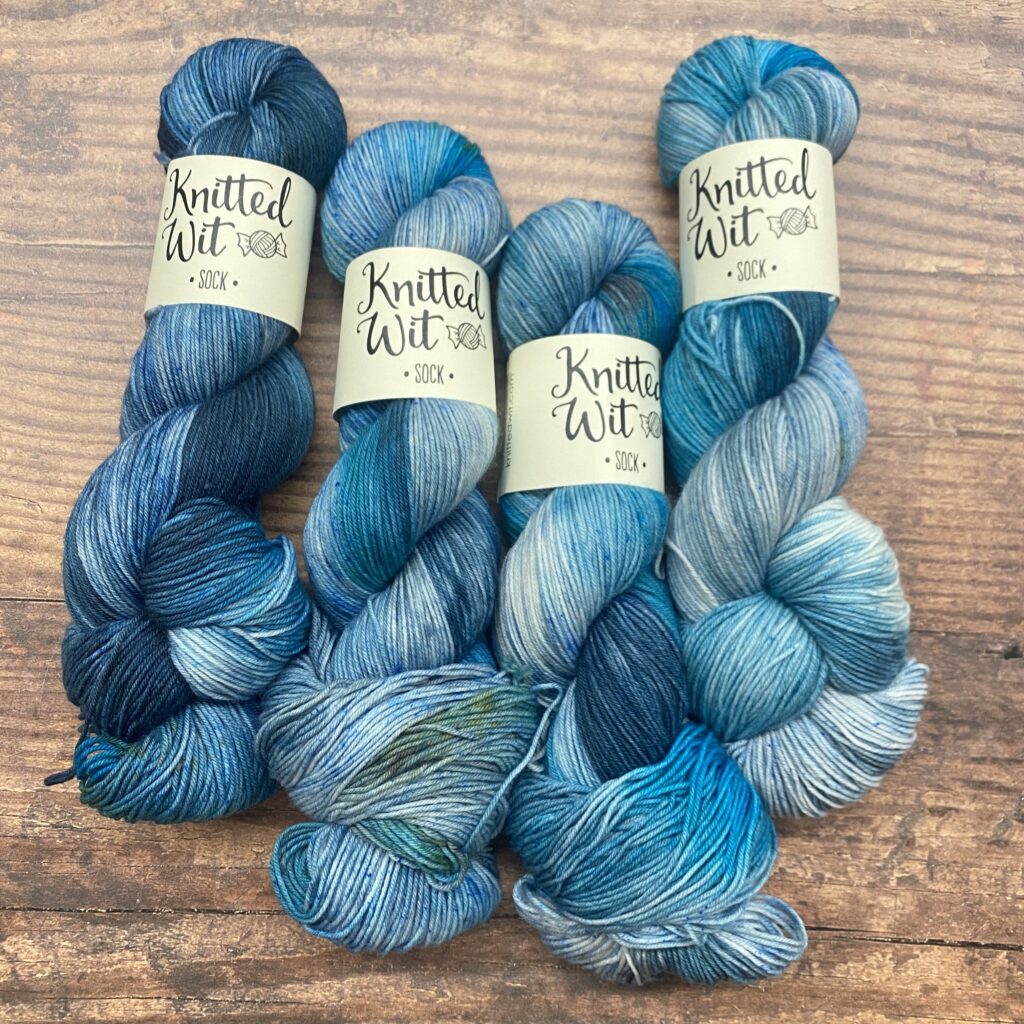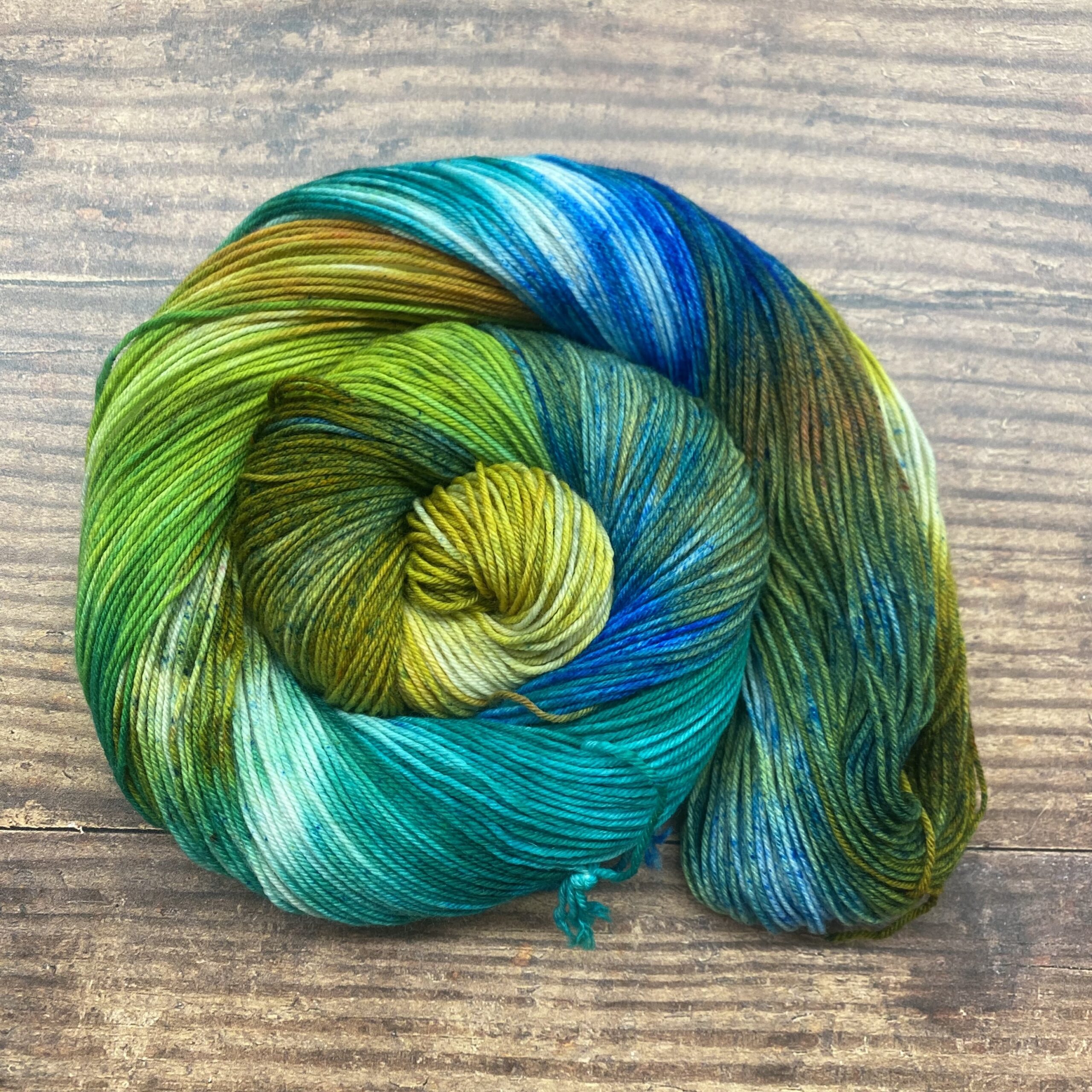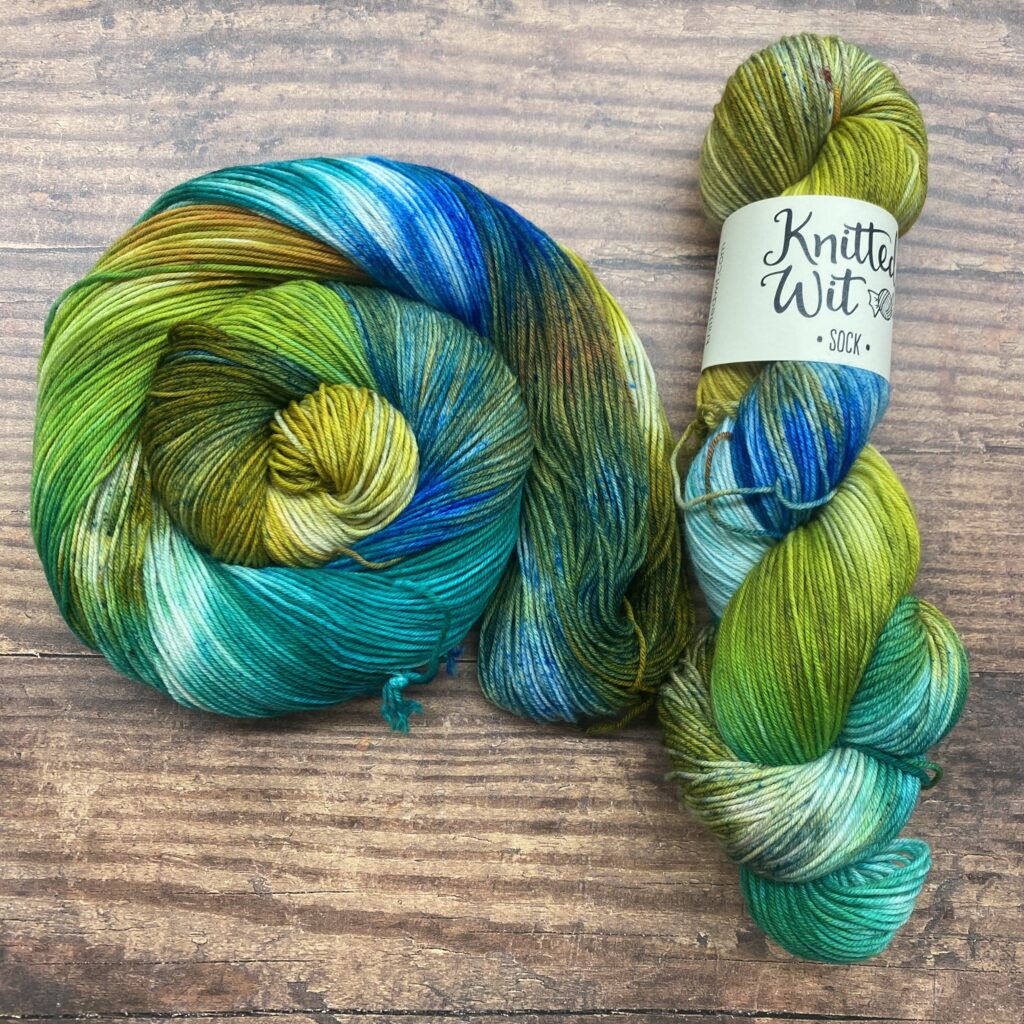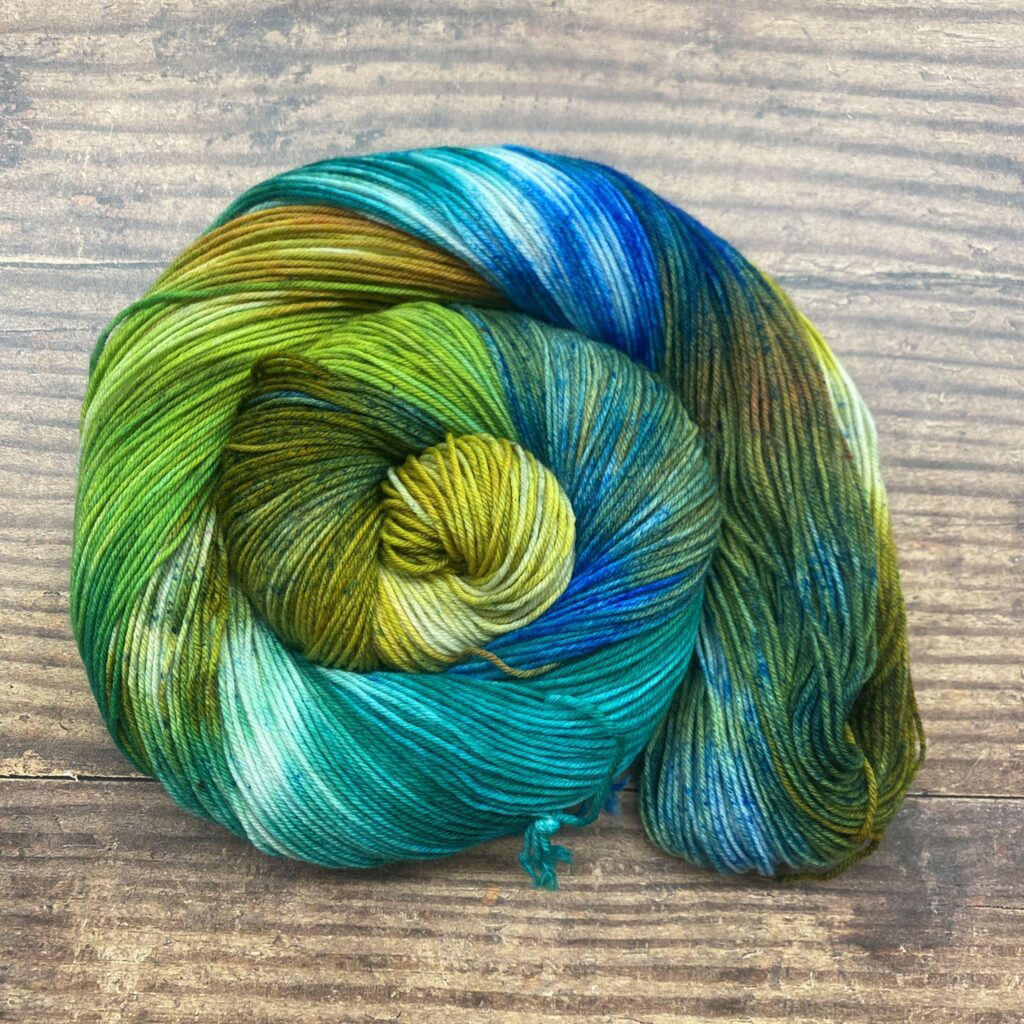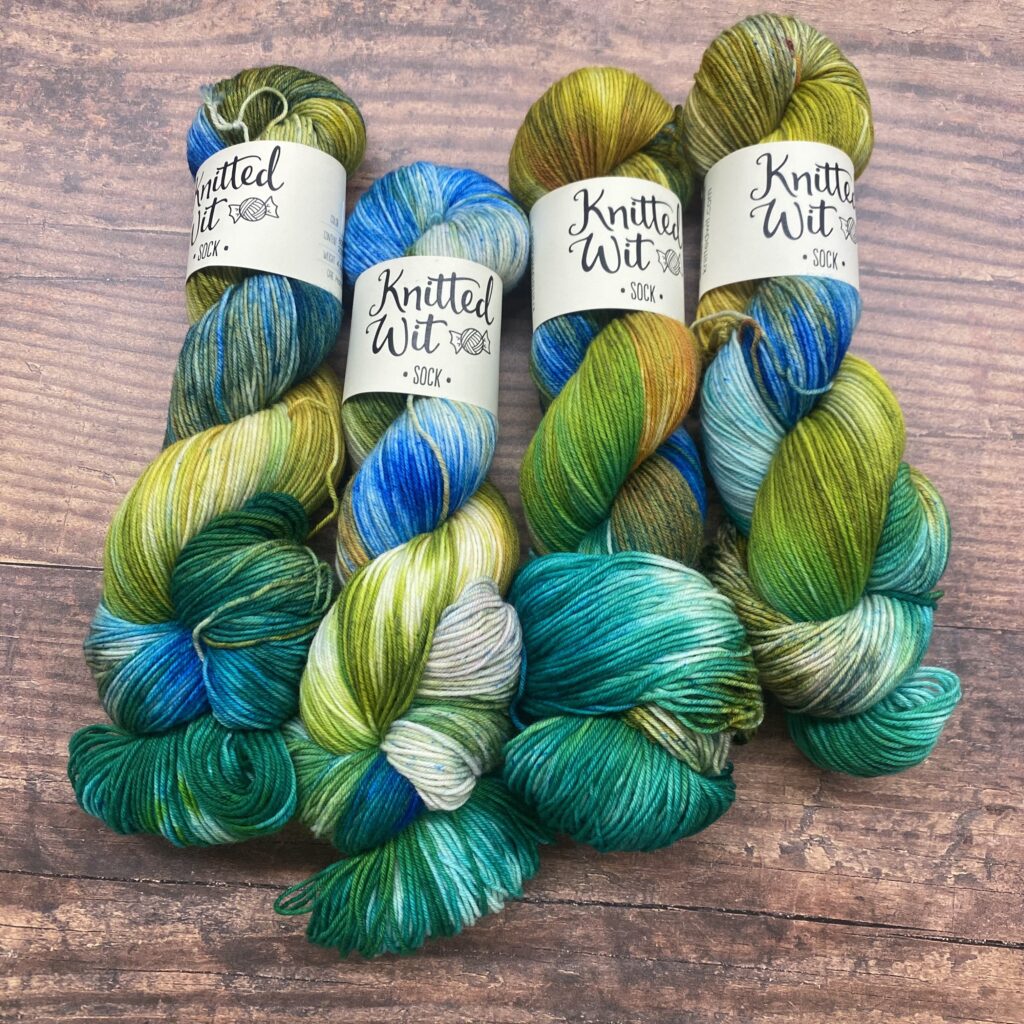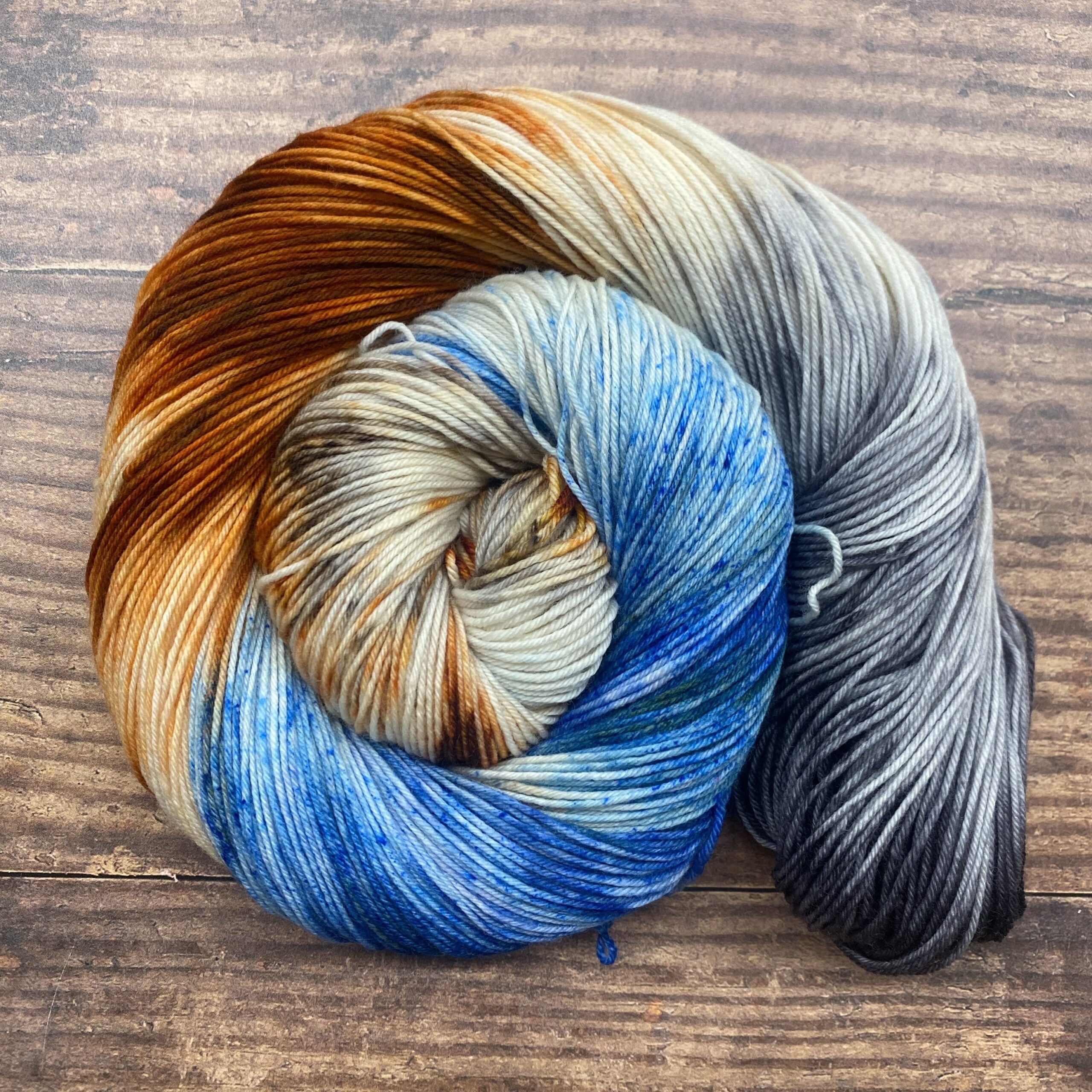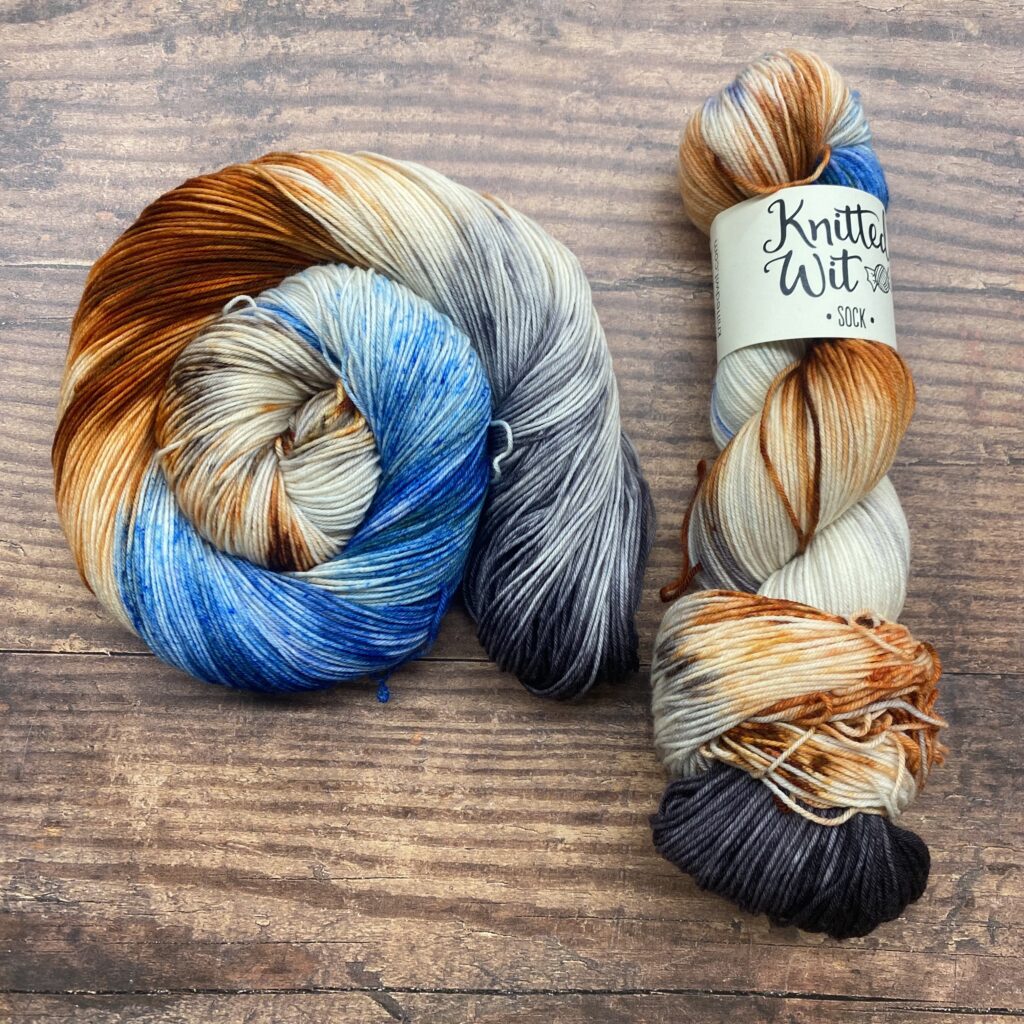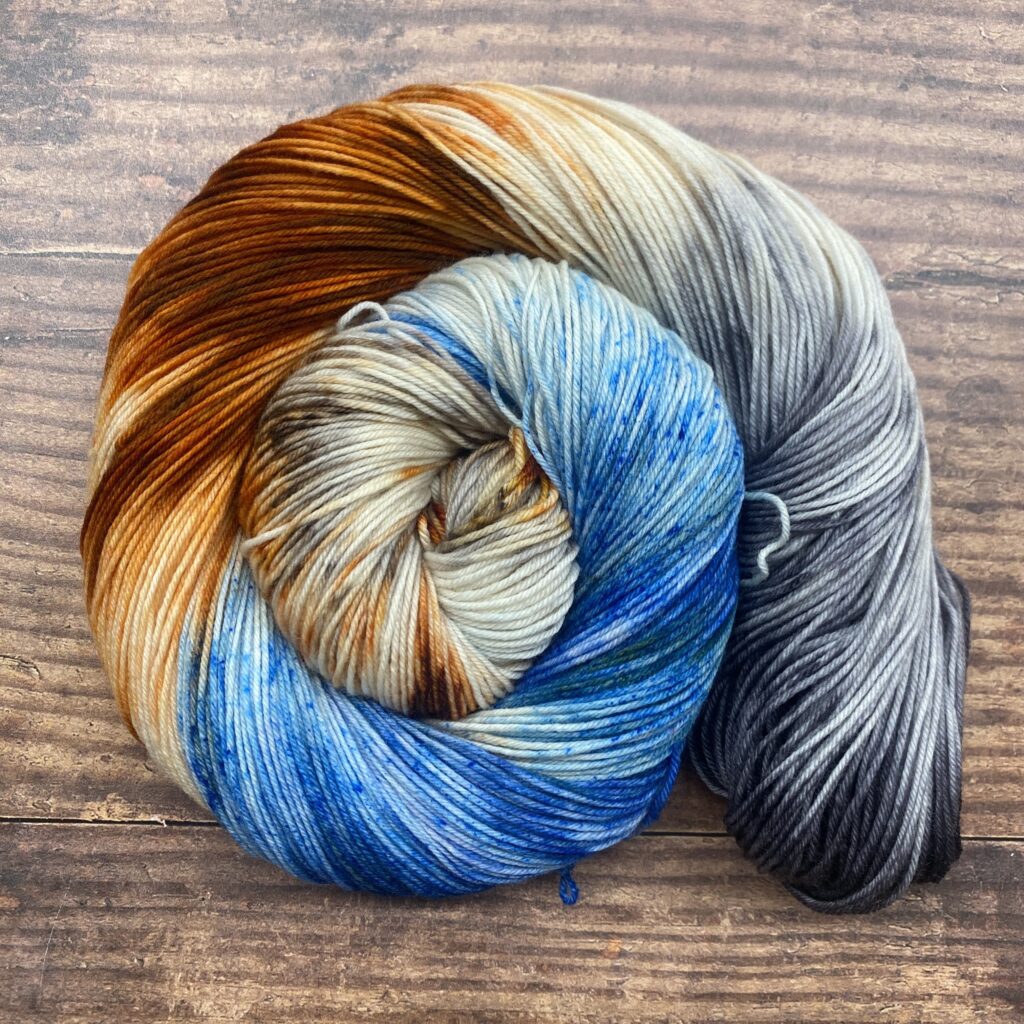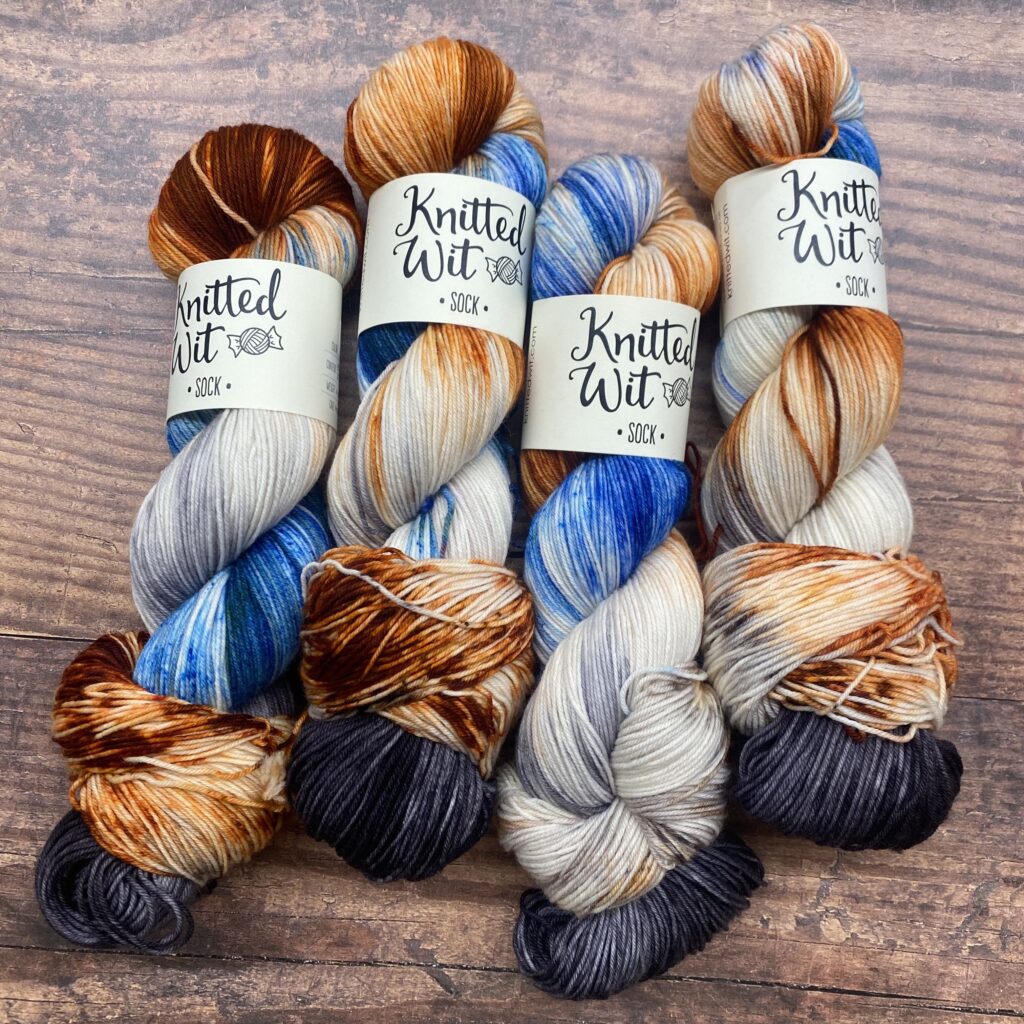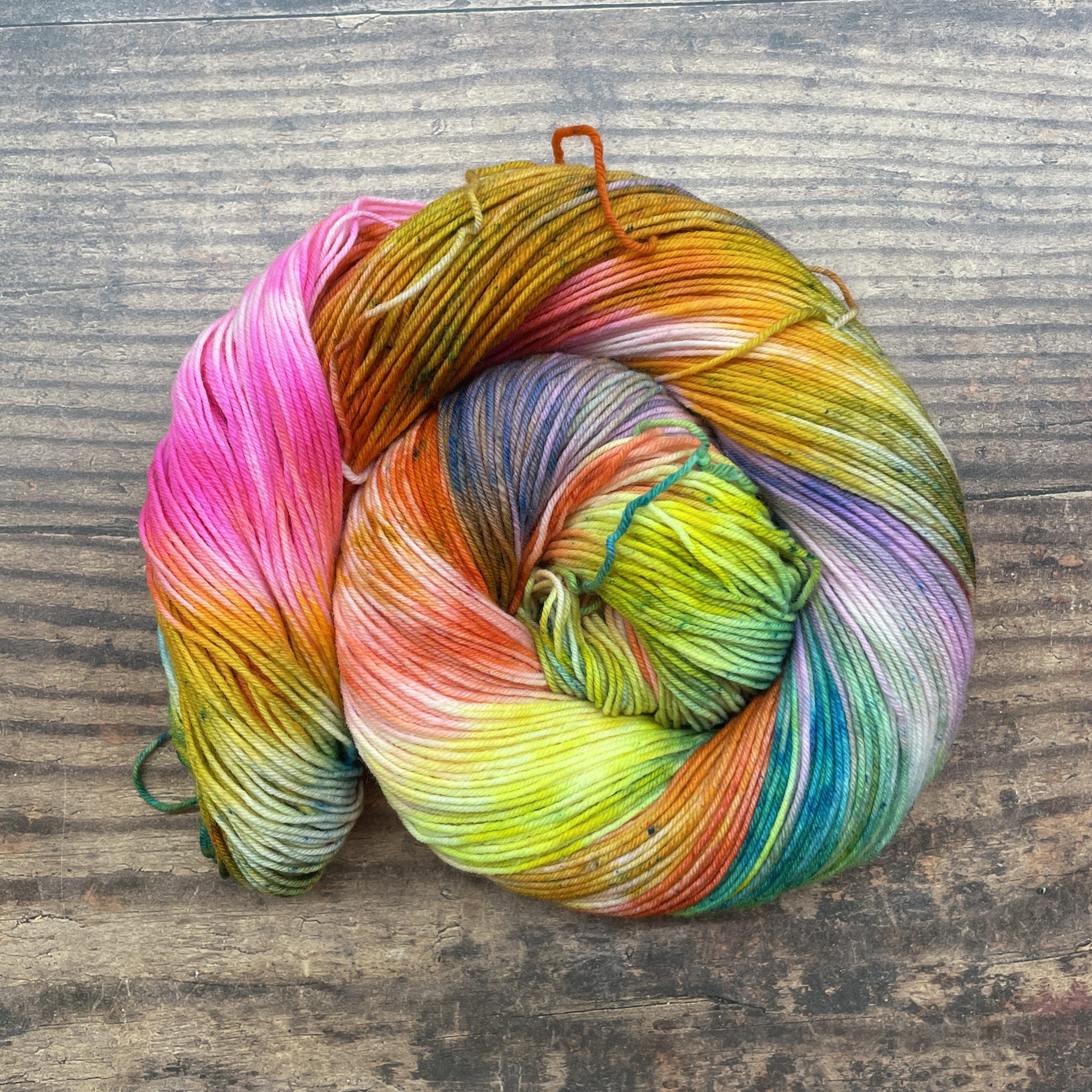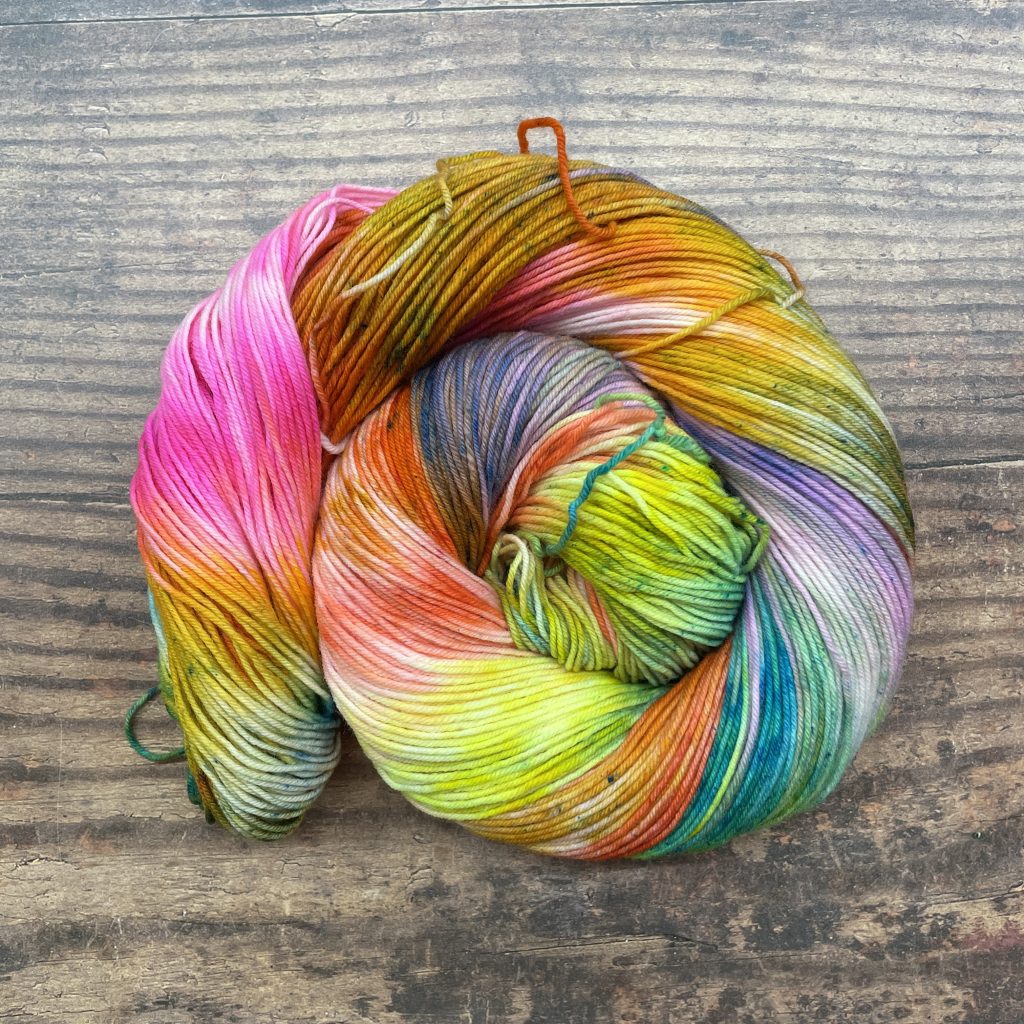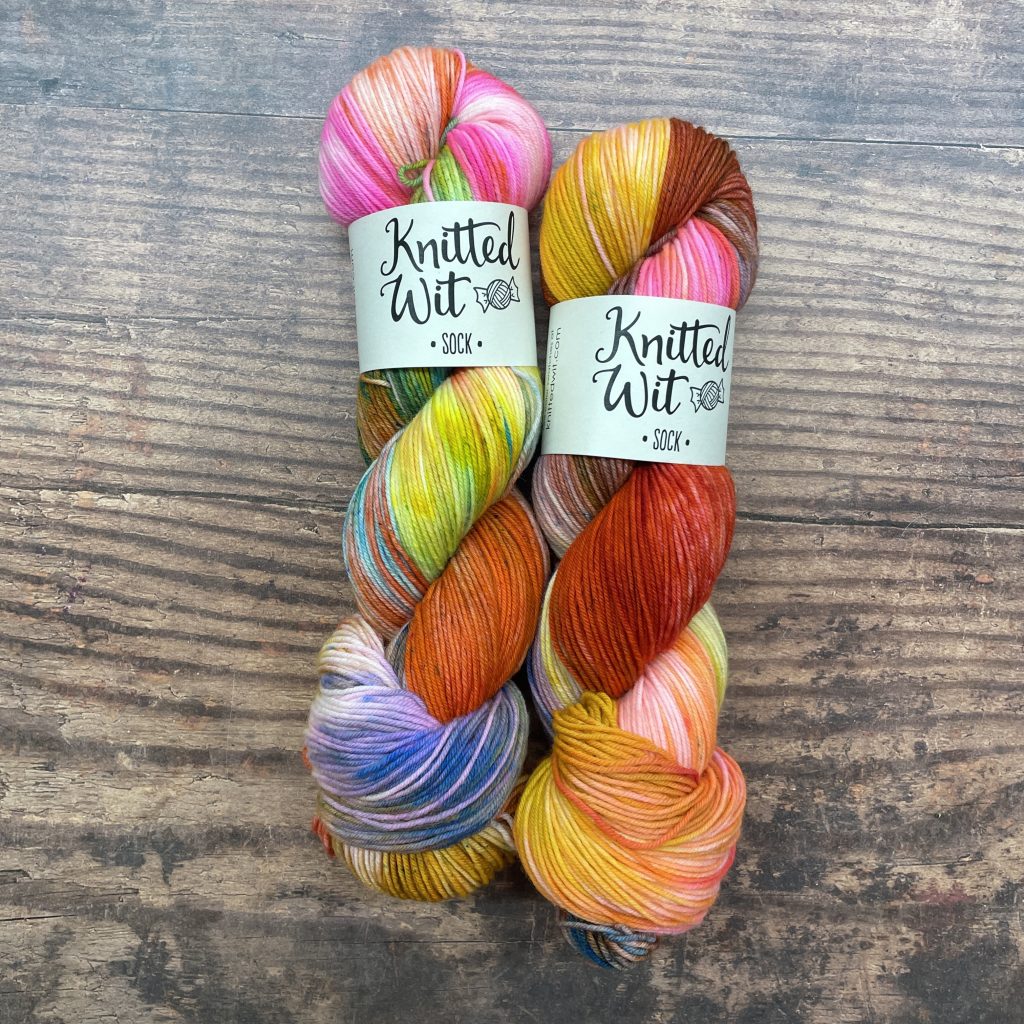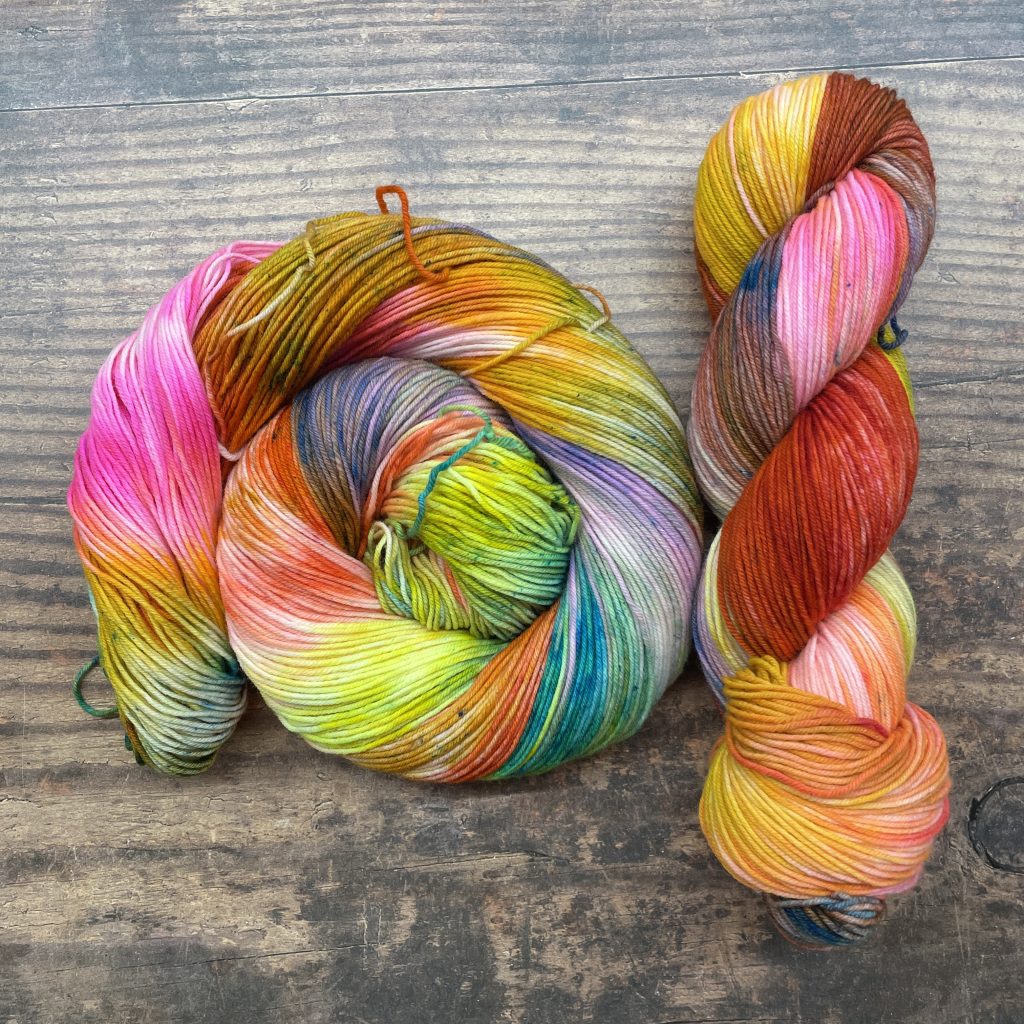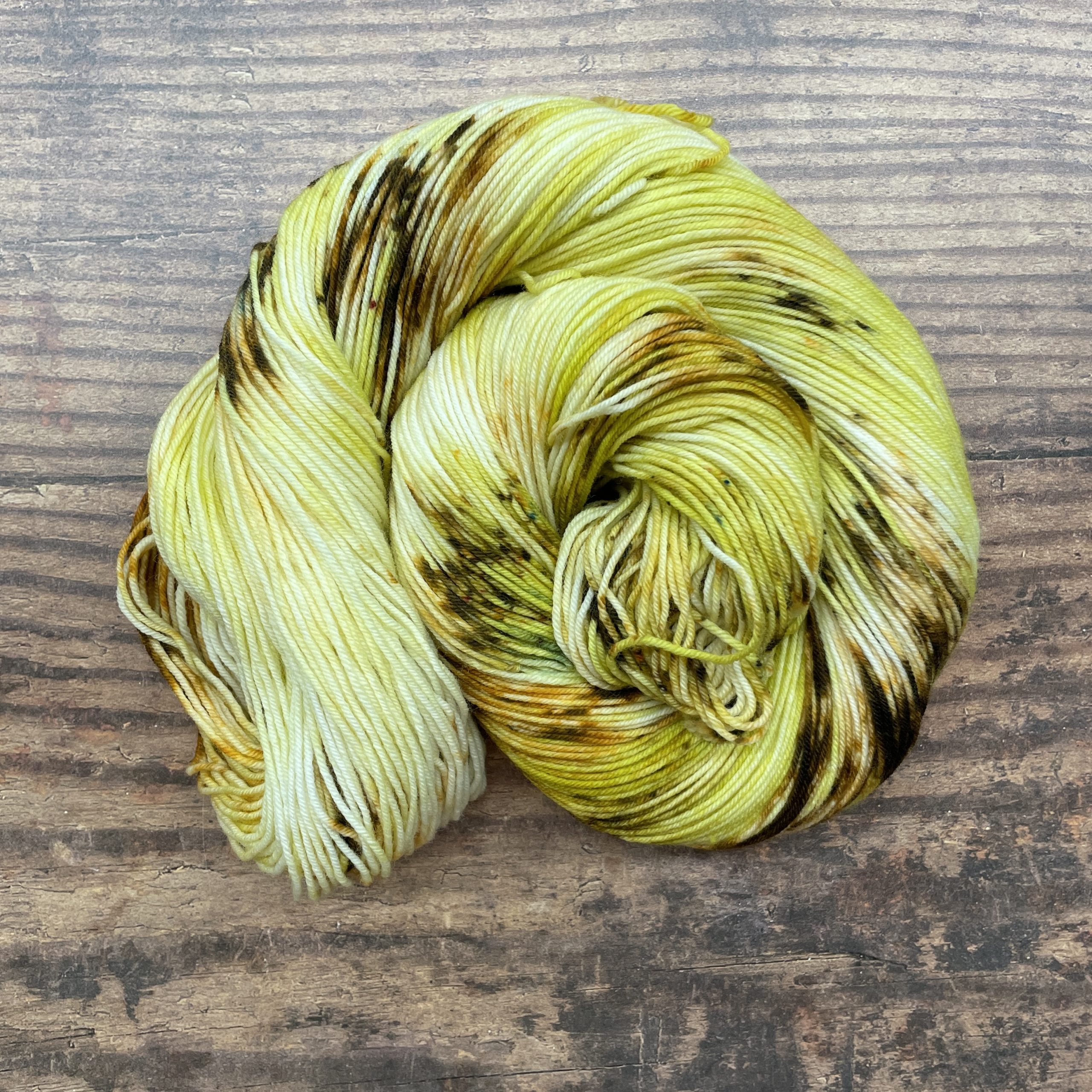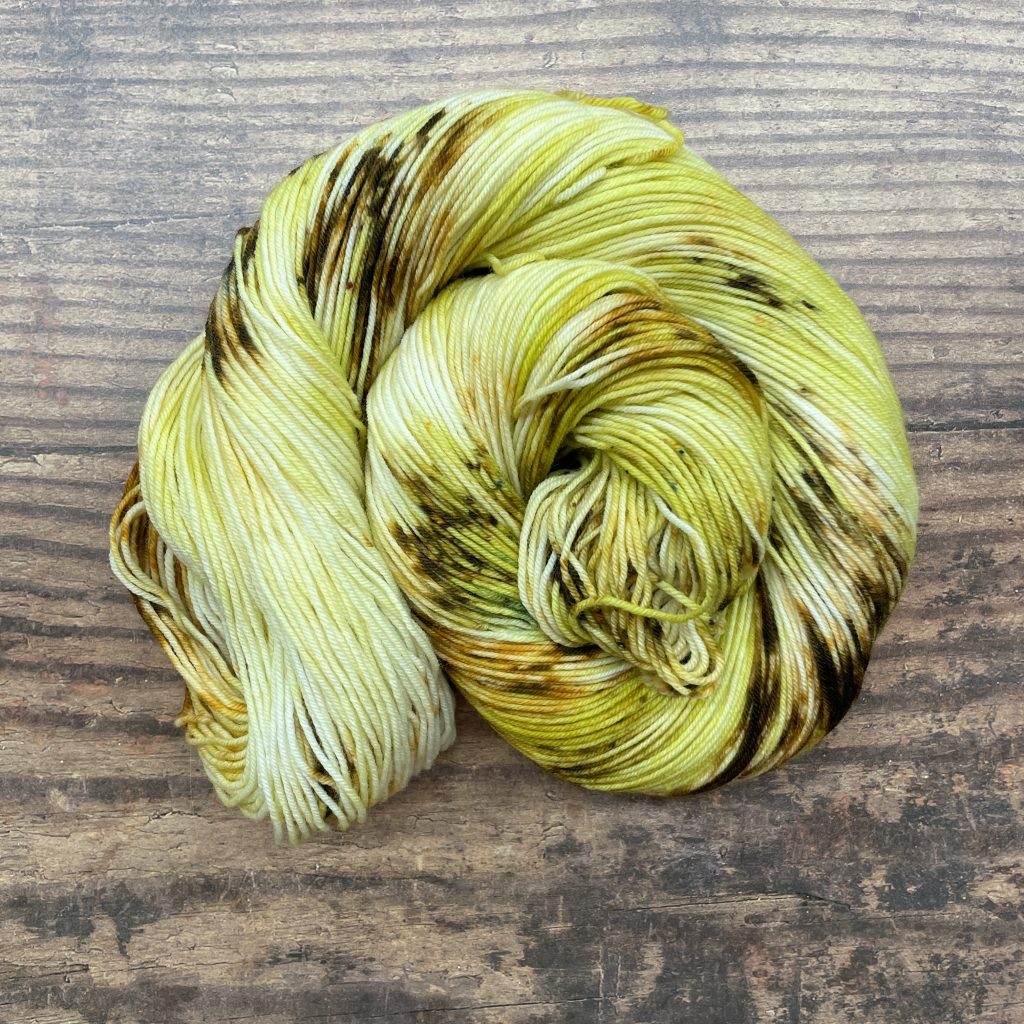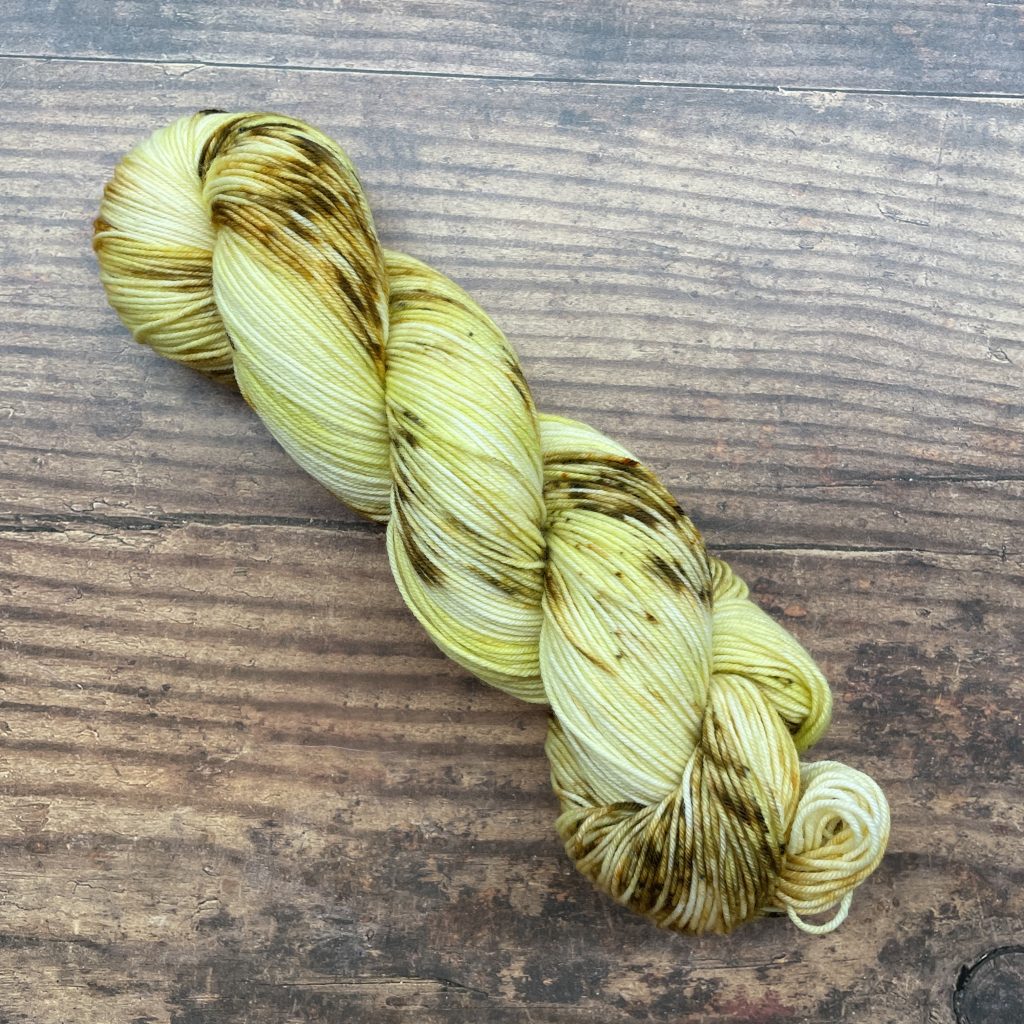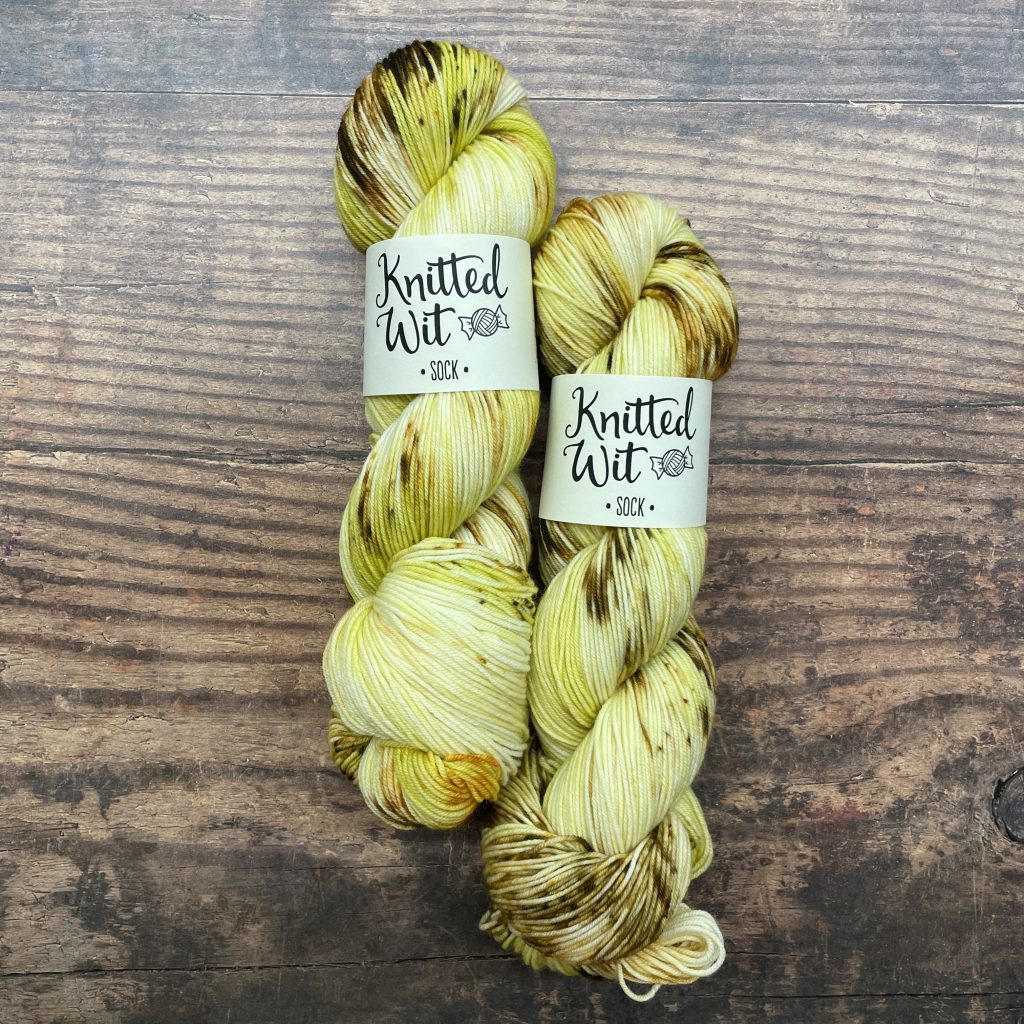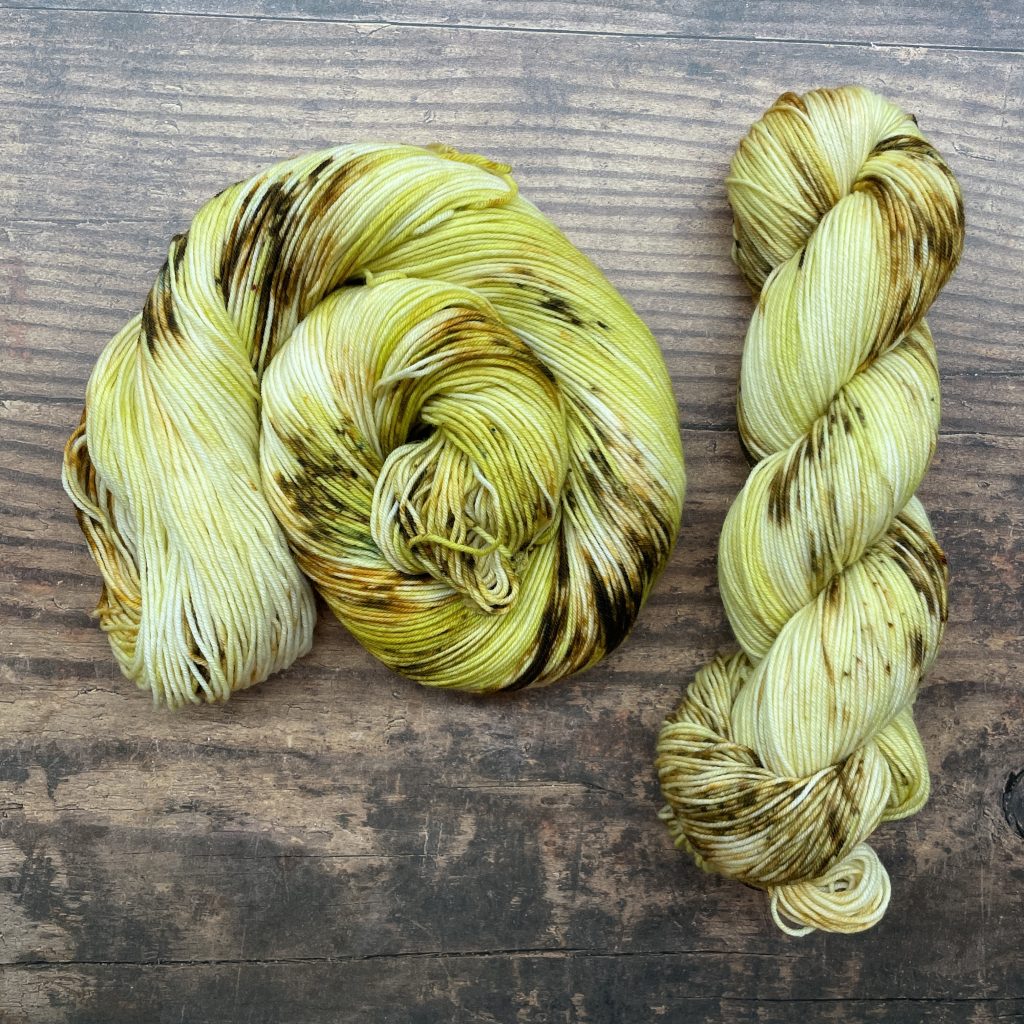It’s time for the annual National Parks Club! Find out information about participating shops and more here.
Where is it located?
Canyon de Chelly National Monument is a vast park in northeastern Arizona, on Navajo tribal lands.
Whose land does it reside upon?
The Ancient Puebloans found the canyons an ideal place to plant crops and raise families. The first settlers built pit houses that were then replaced with more sophisticated homes as more families migrated to the area. More homes were built in alcoves to take advantage of the sunlight and natural protection. People thrived until the mid-1300’s when the Puebloans left the canyons to seek better farmlands.
Descendants of the Puebloans, the Hopi migrated into the canyons to plant fields of corn and orchards of peaches. Although the Hopi left this area to permanently settle on the mesa tops to the west, the Hopi still hold on to many of their traditions that are evident from their homes and kivas.
Related to the Athabaskan people of Northern Canada and Alaska, the Navajo settled the Southwest between the four sacred mountains. The Navajo, or Dine’ as they call themselves, continue to raise families and plant crops just as the “Ancient Ones” had. The farms, livestock and hogans of the Dine’ are visible from the canyon rims.
When was it established?
April 1, 1931
About this park:
This canyon is home to Dine’ families who raise livestock, farm lands, and live here. People have lived in these canyons for nearly 5,000 years, which is longer than anyone has lived continuously on the Colorado Plateau. In this place called Tsegi, their homes and images tell us their stories. Today, the park and Navajo Nation work together to manage the rich cultural and natural resources.
Why did we choose these colors?
We were inspired by the heading image on this page for our Canyon de Chelly colorway: https://www.nps.gov/cach/index.htm
For more information:
NPS website: https://www.nps.gov/cach/index.htm
Instagram: n/a
Facebook: https://www.facebook.com/canyondechellyNPS/
